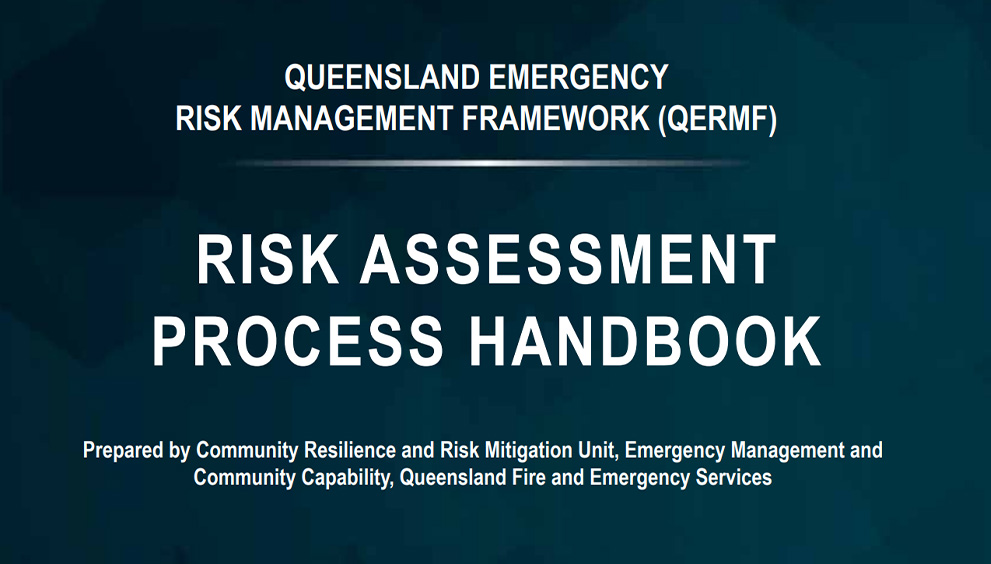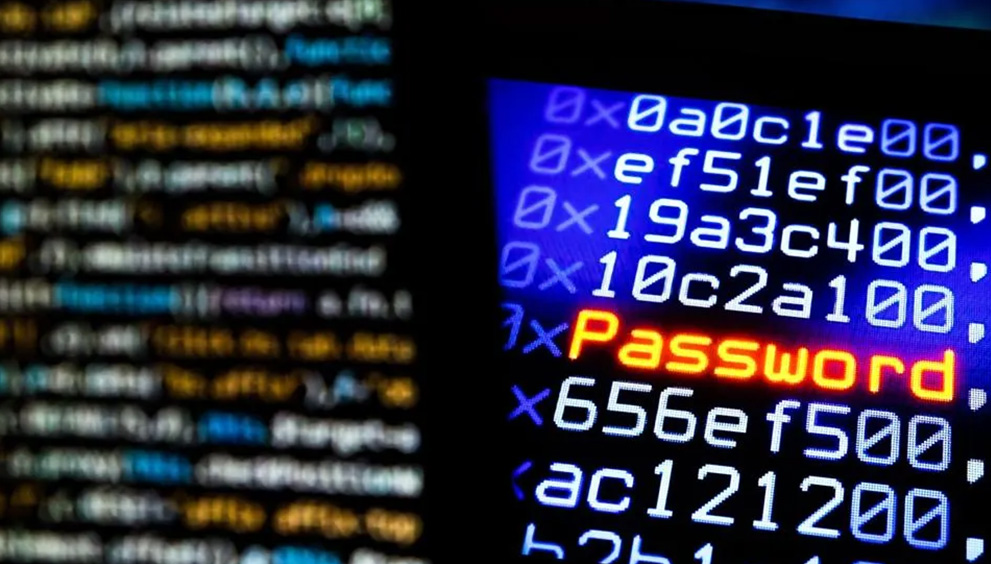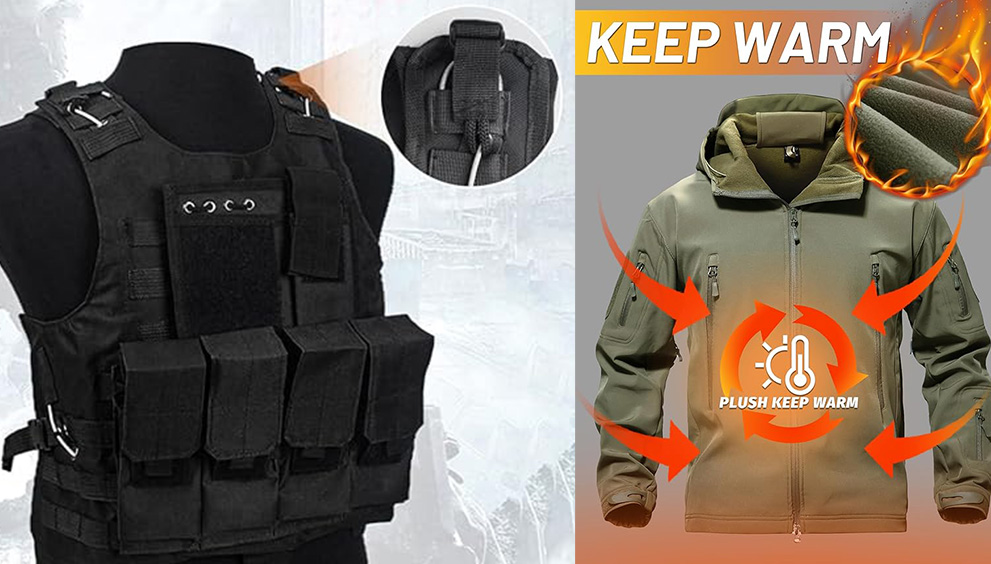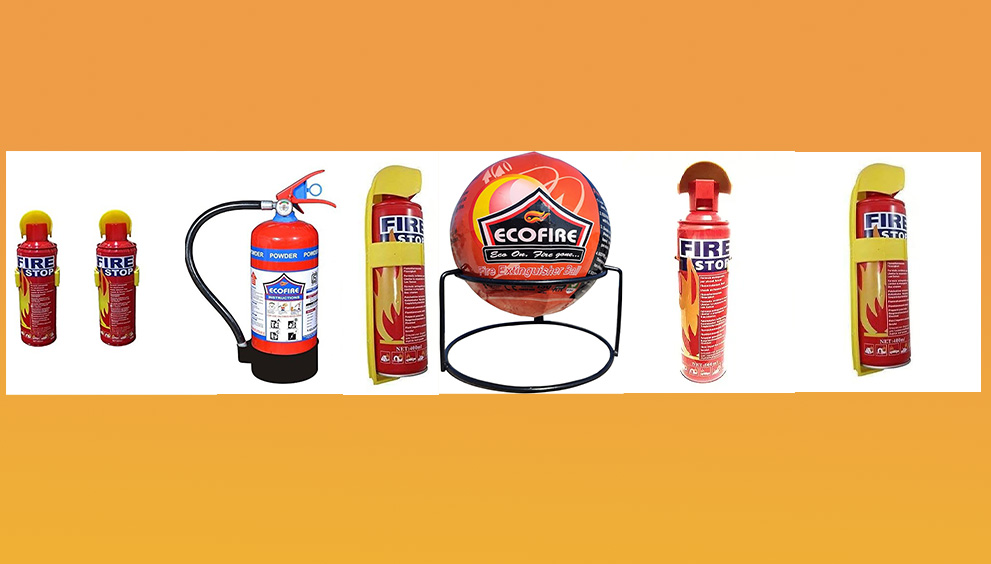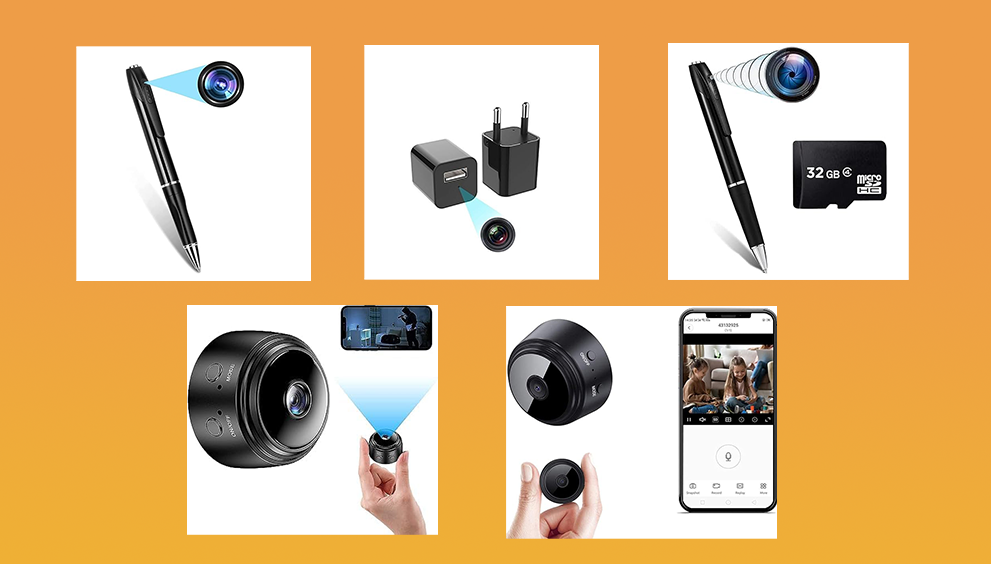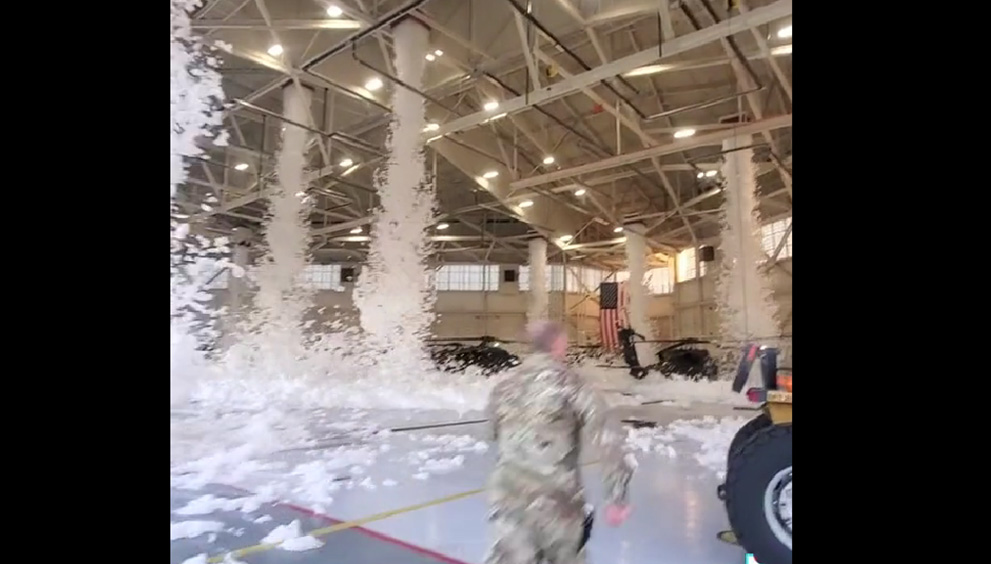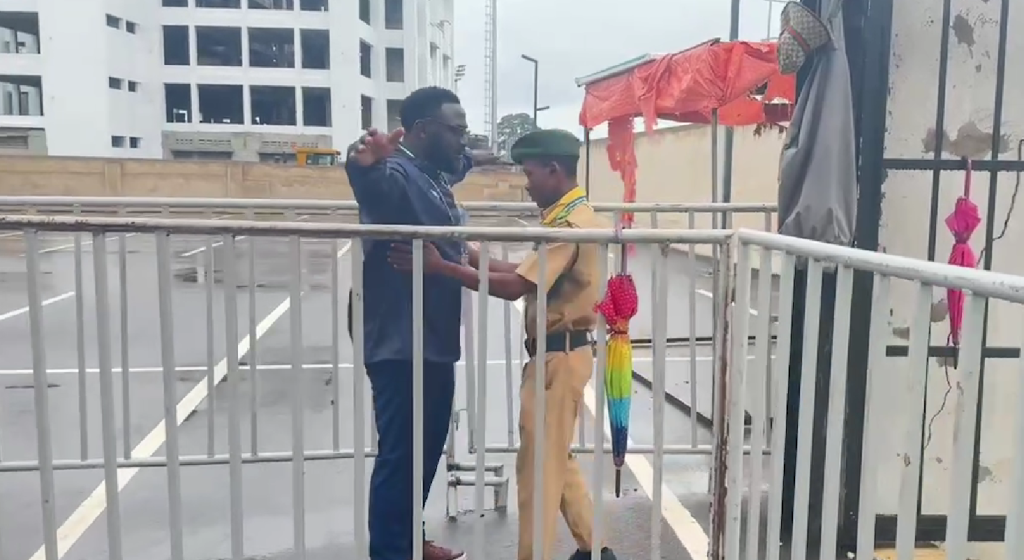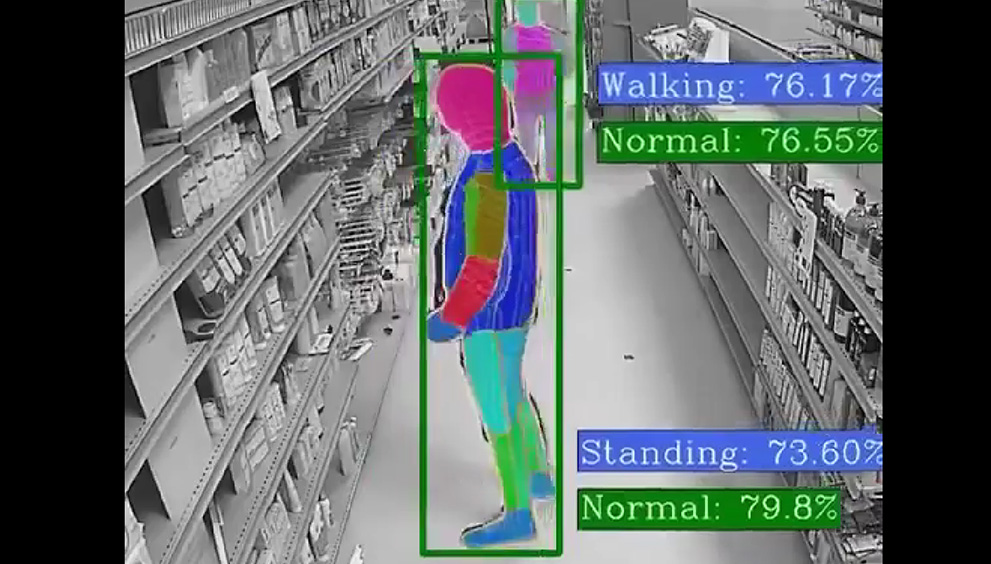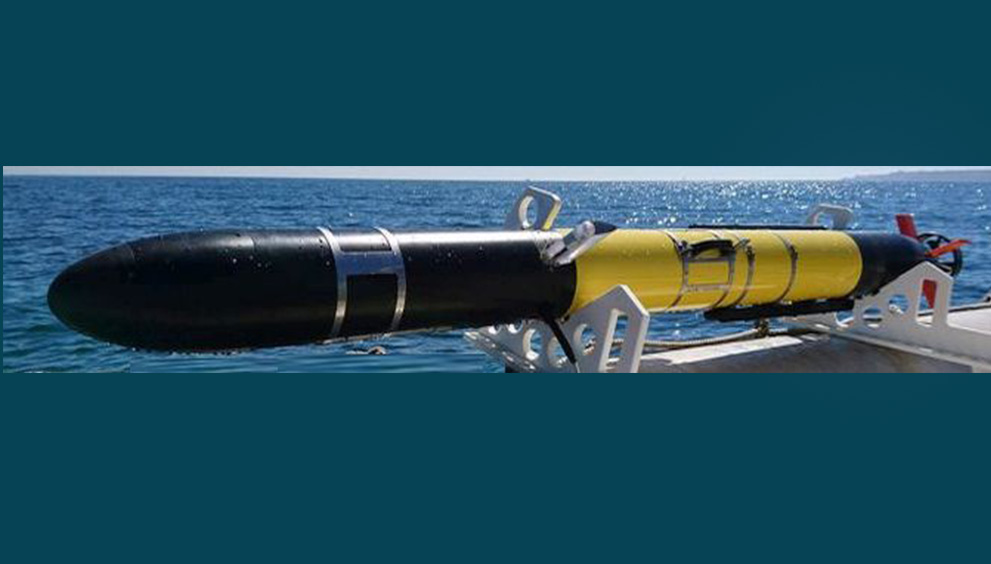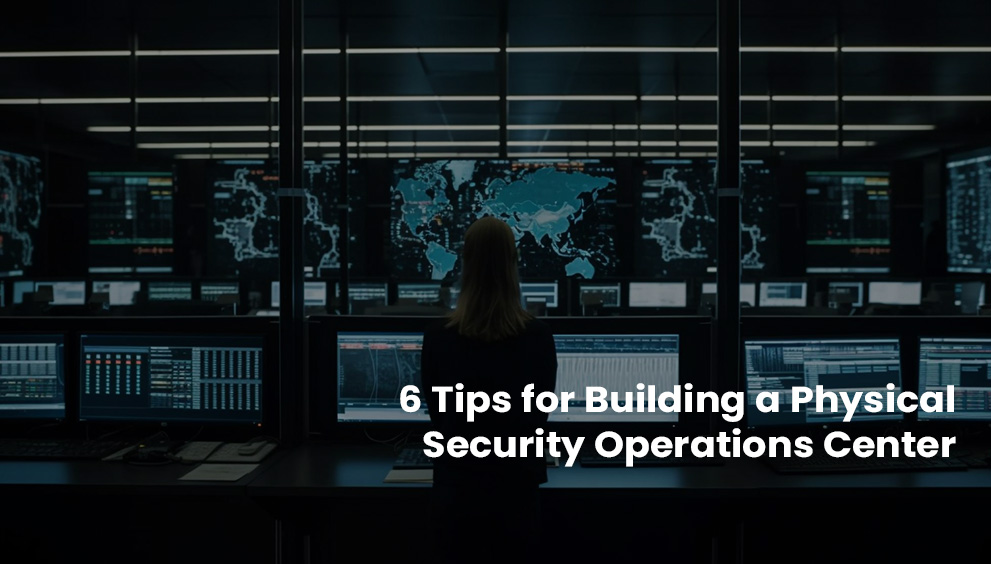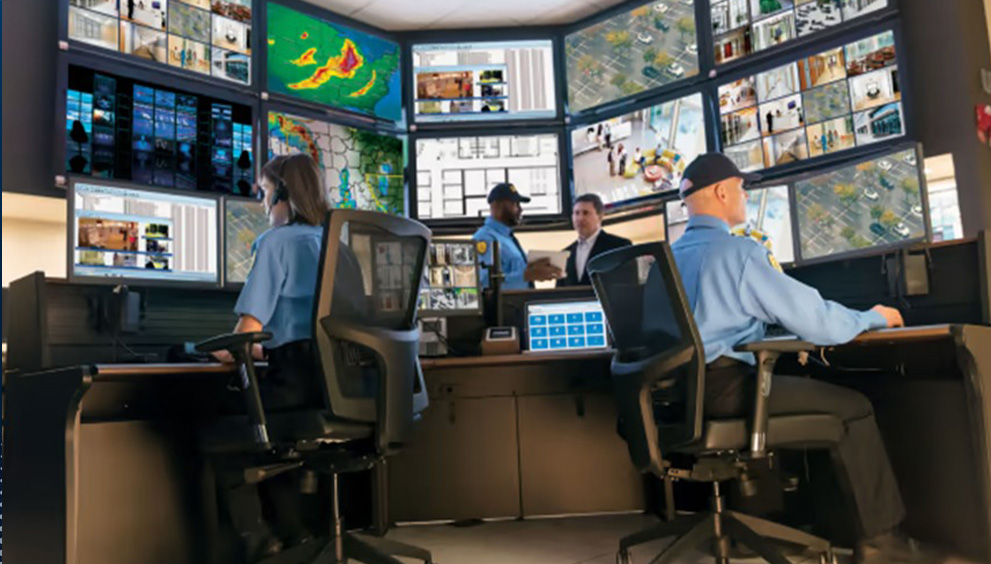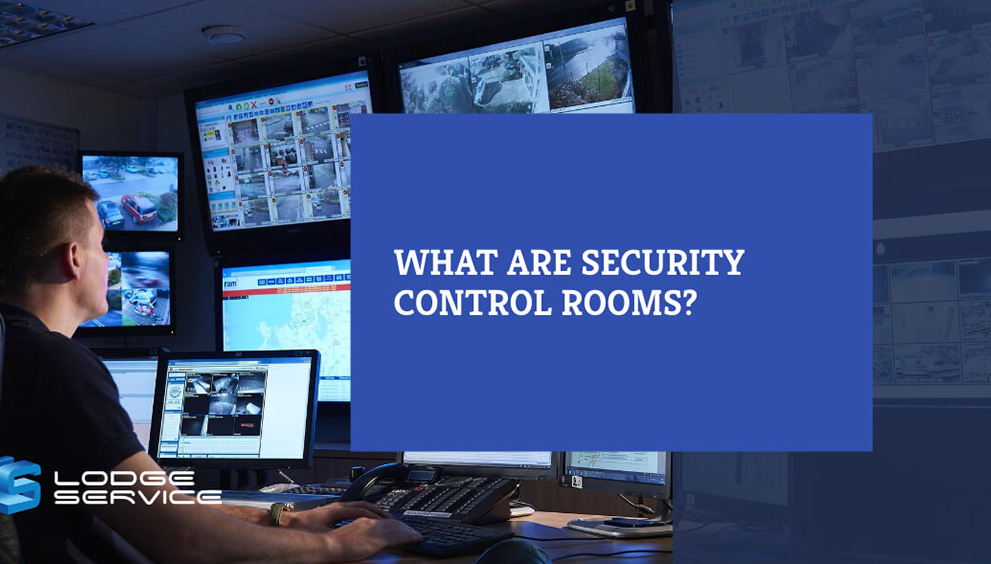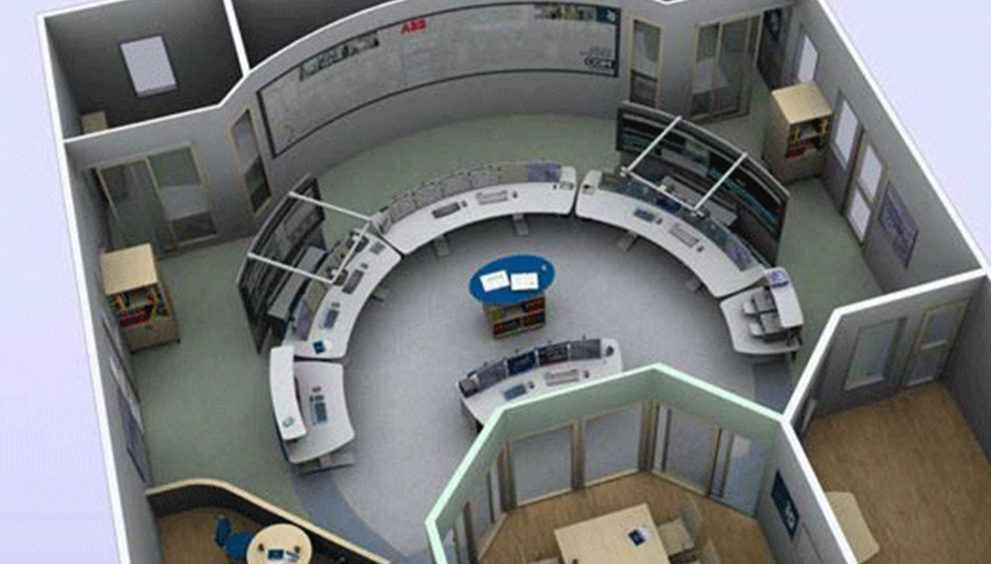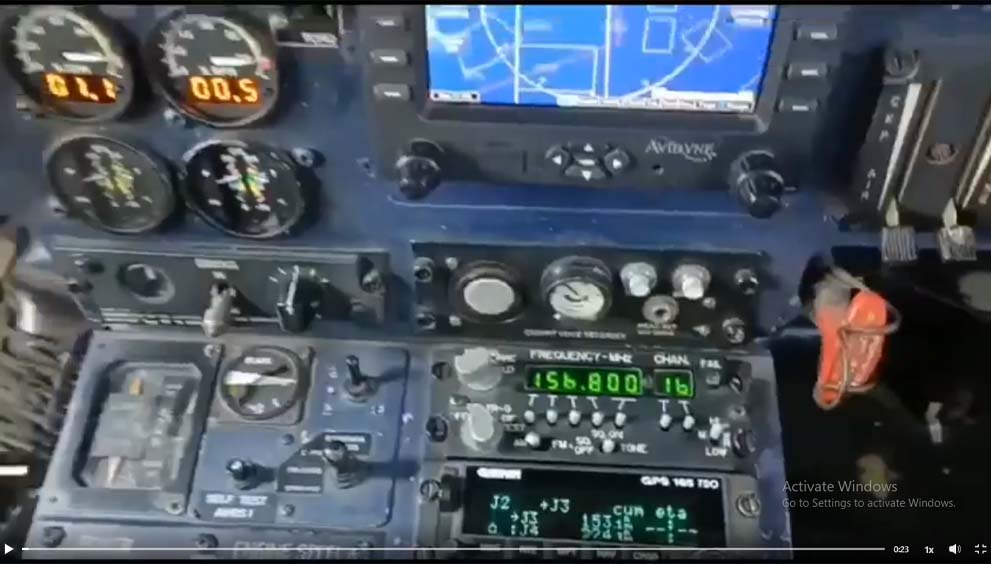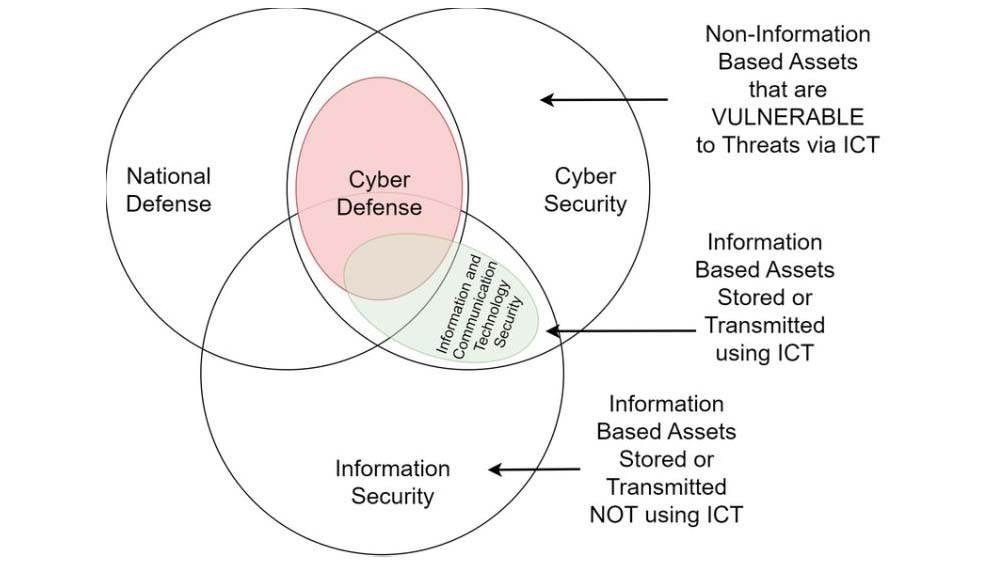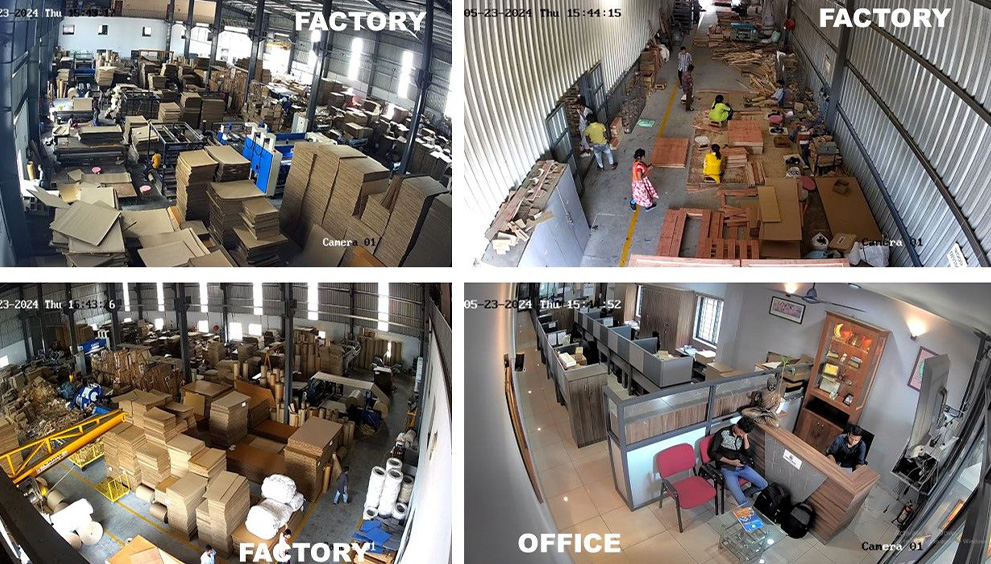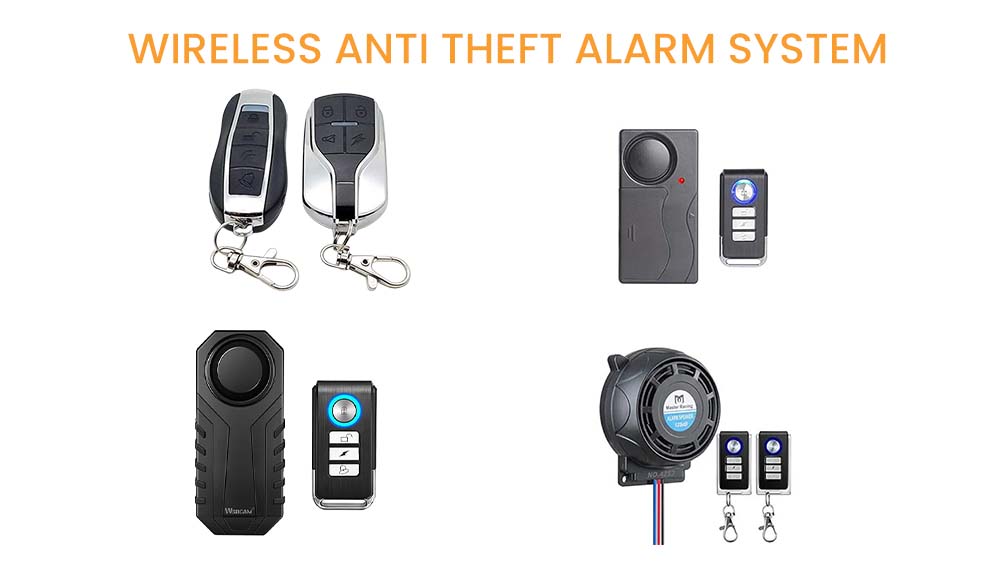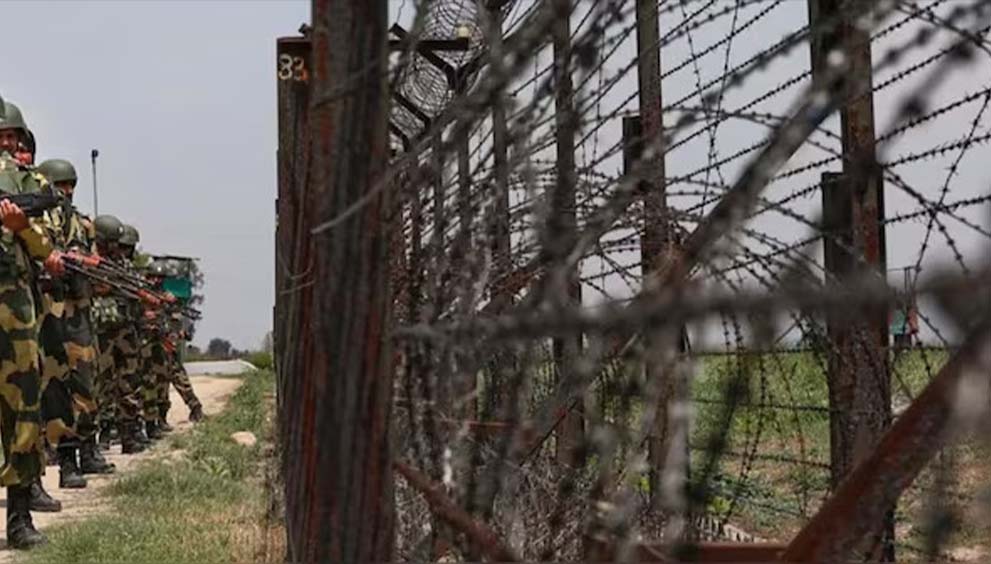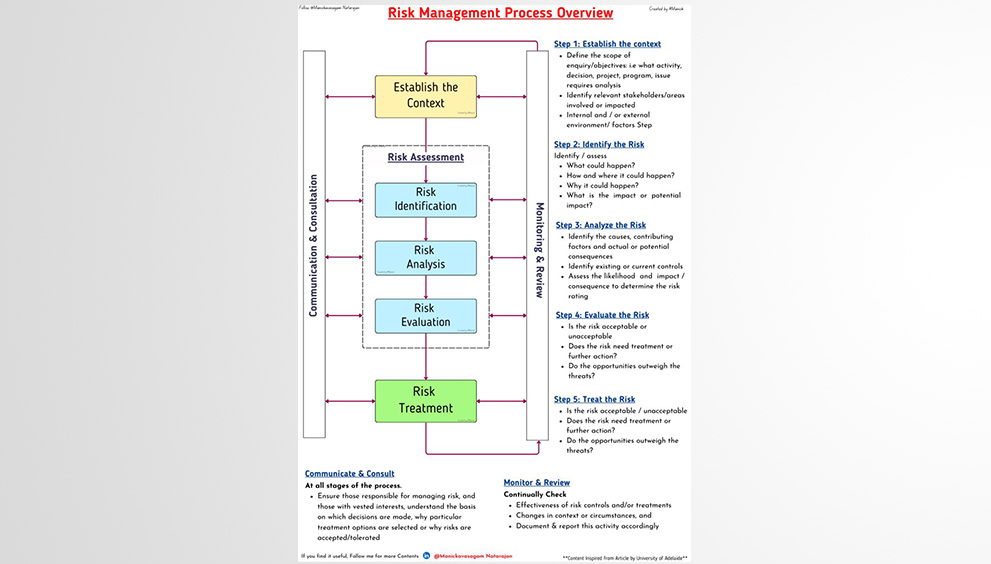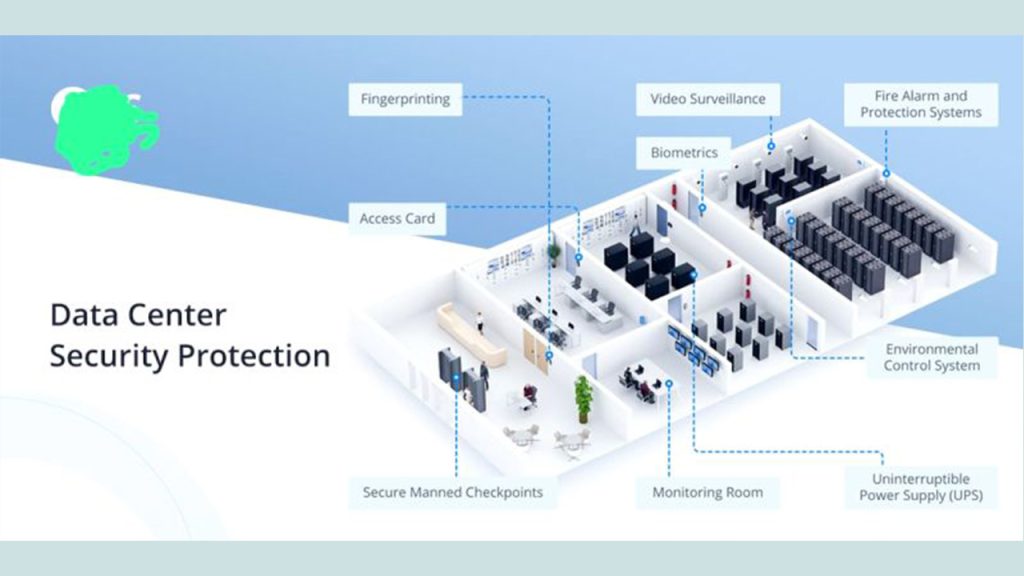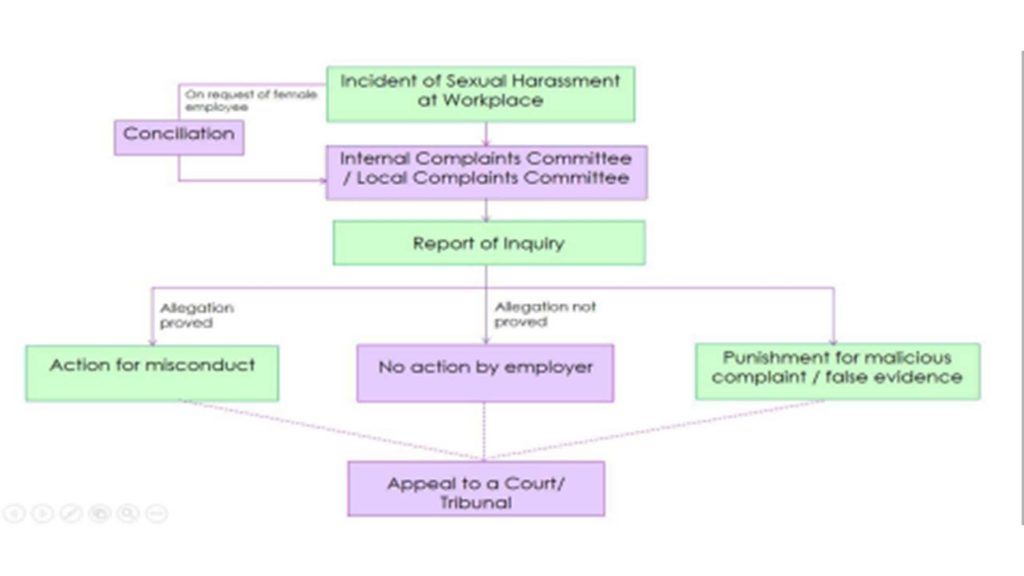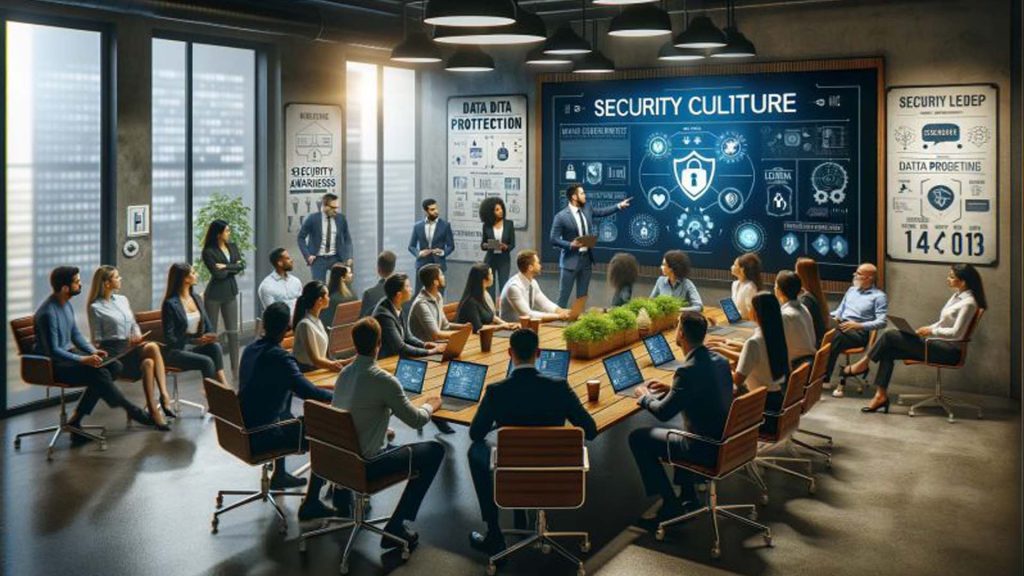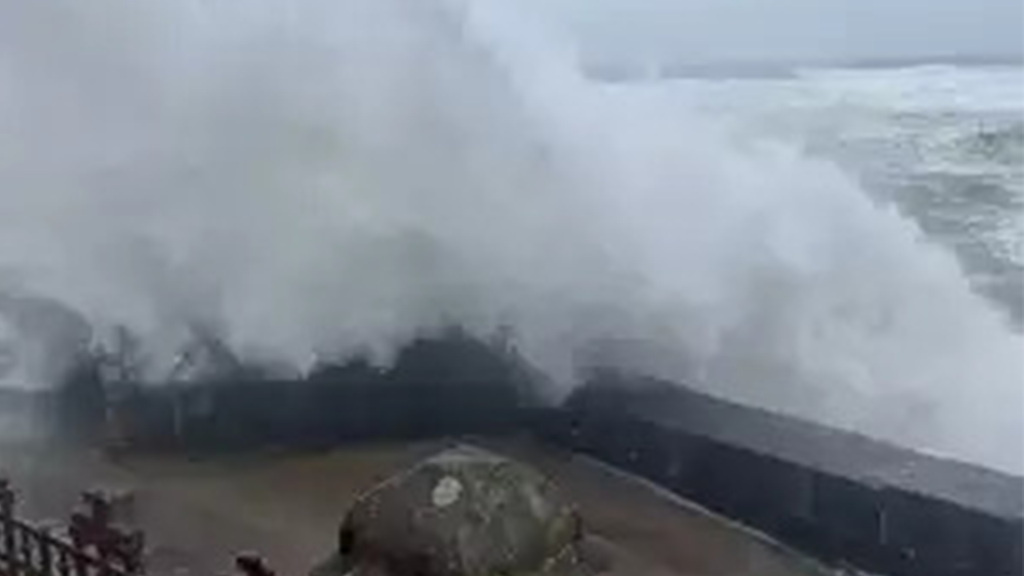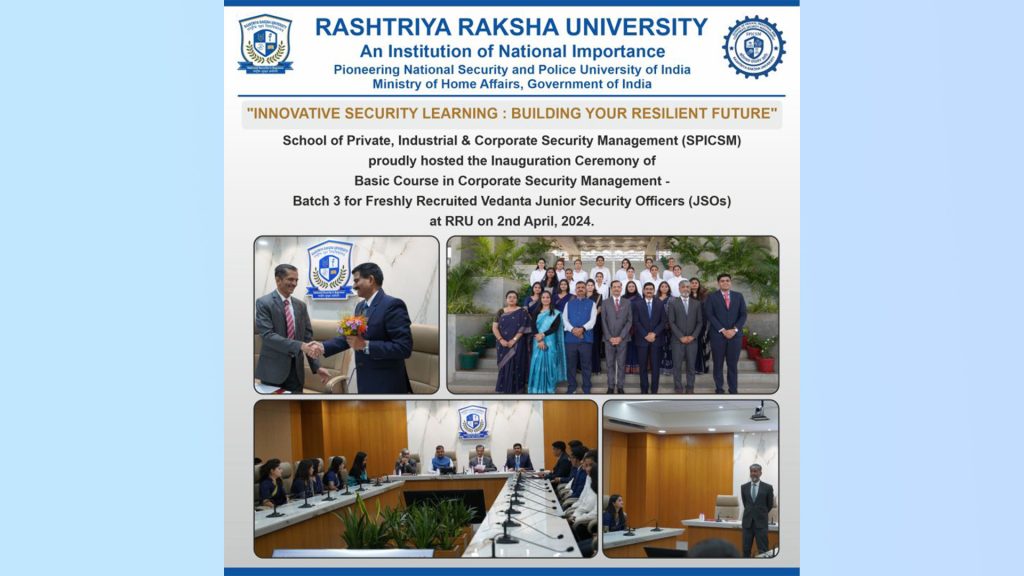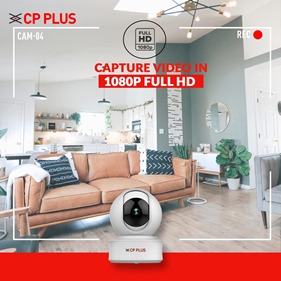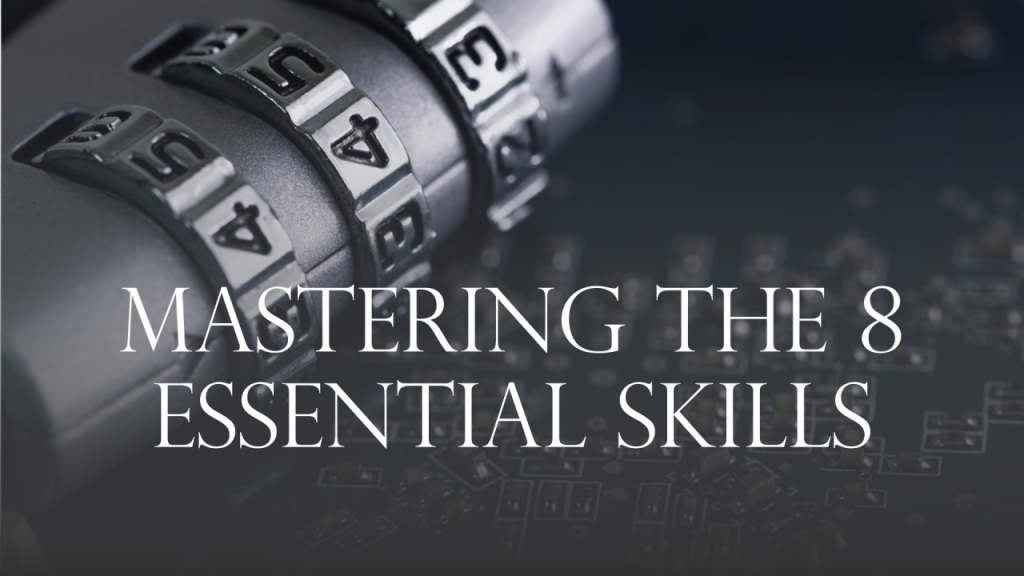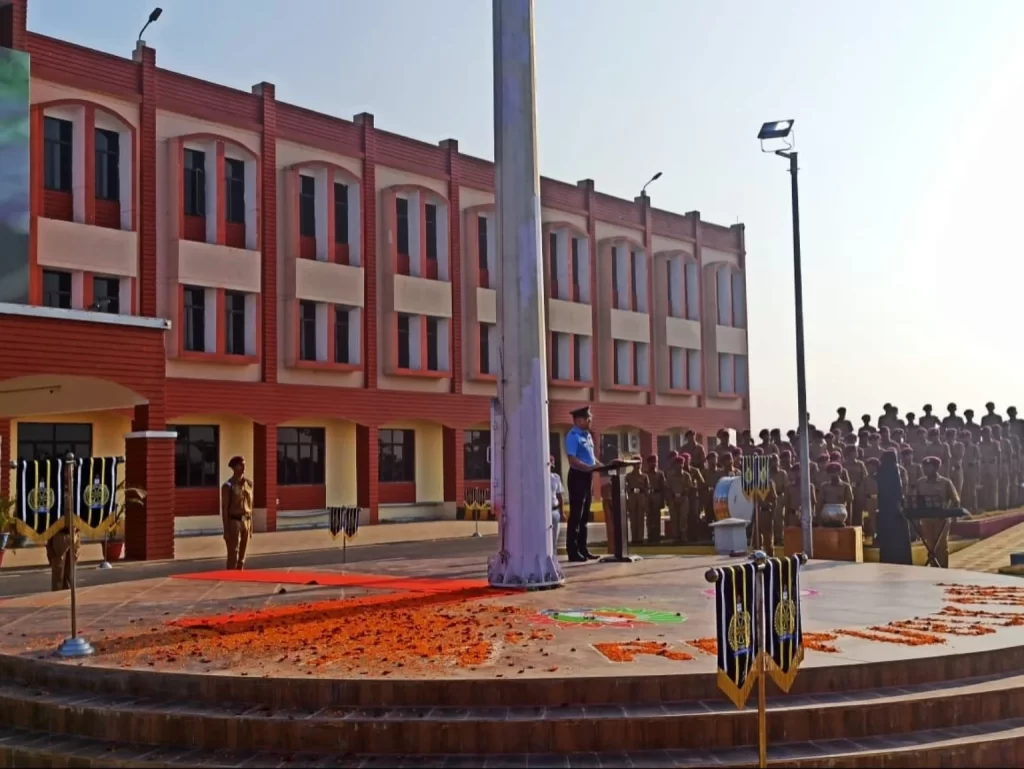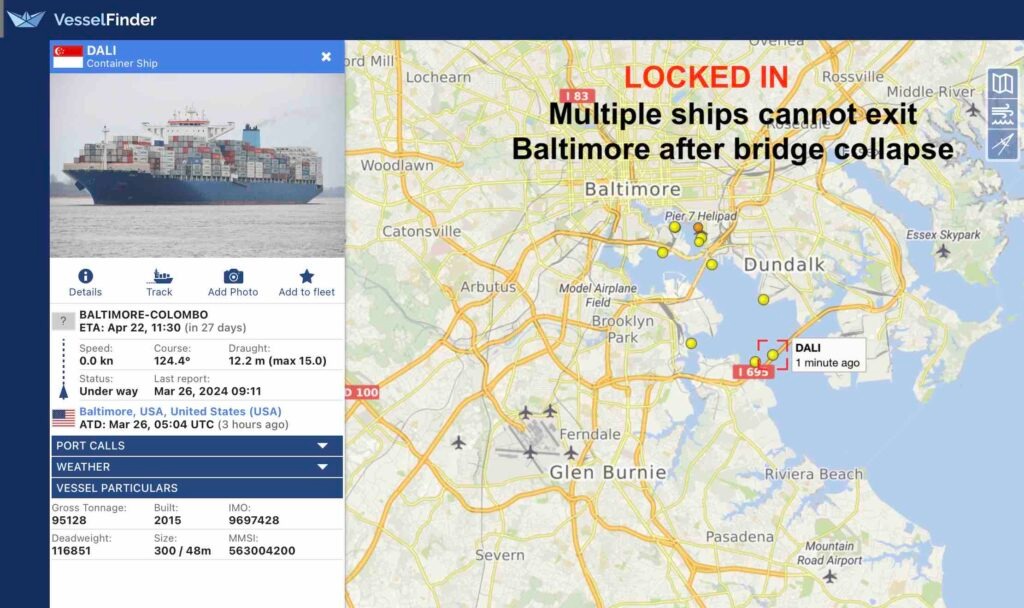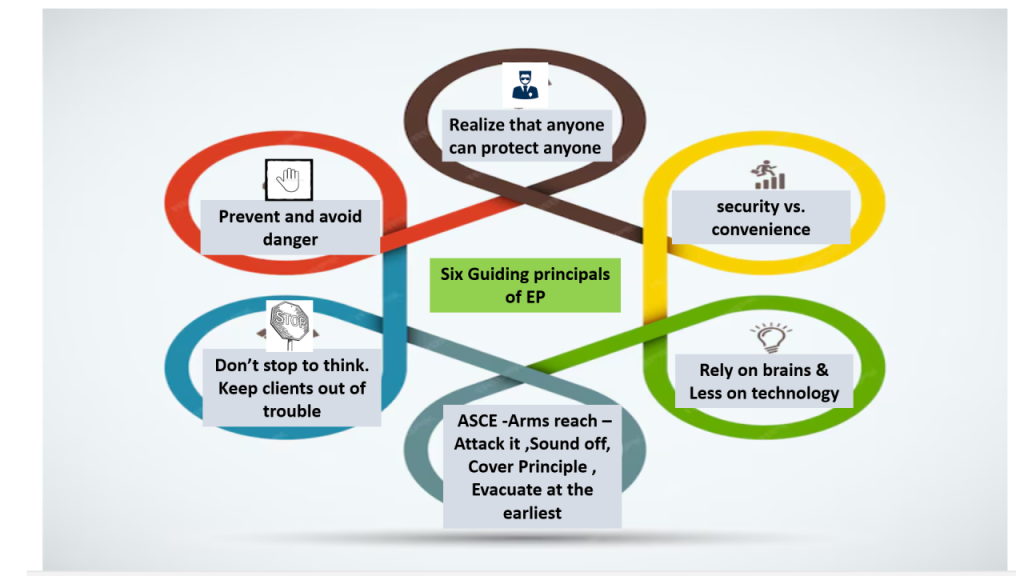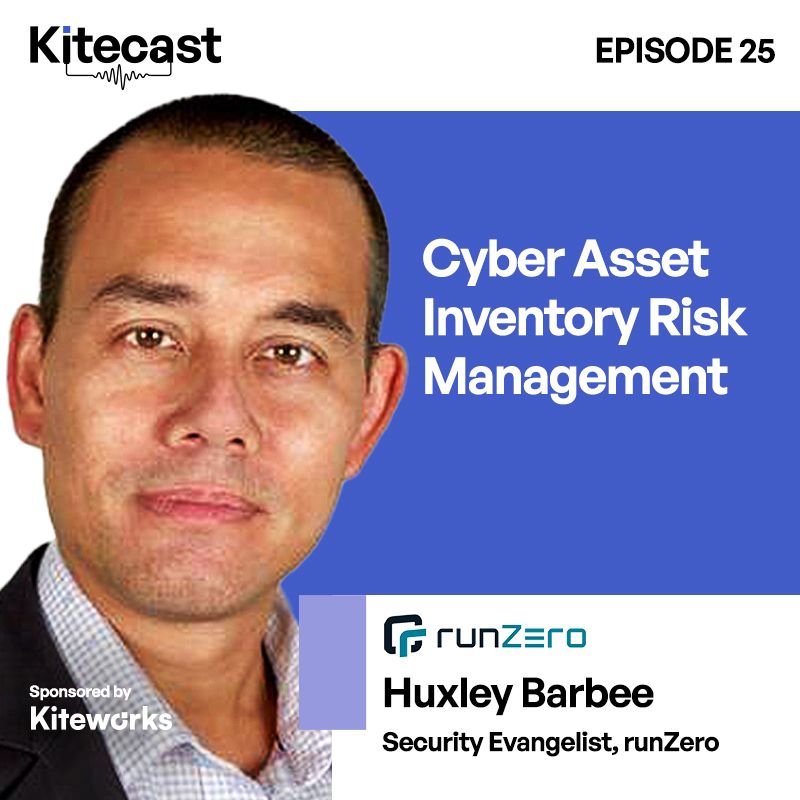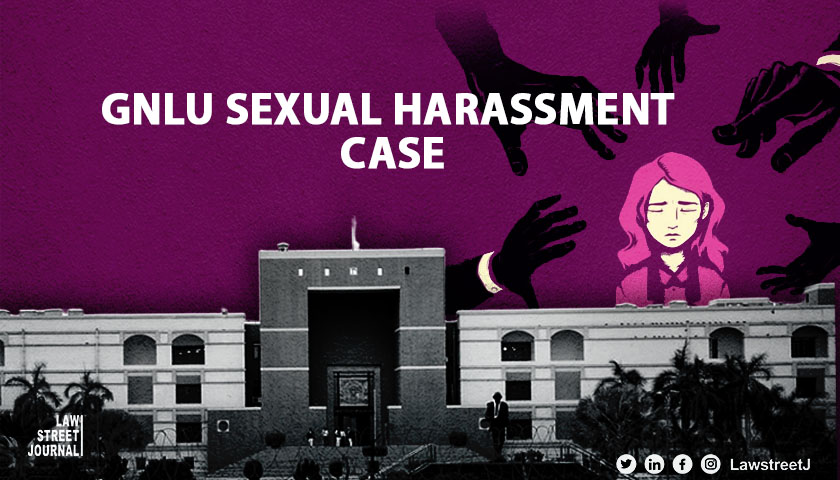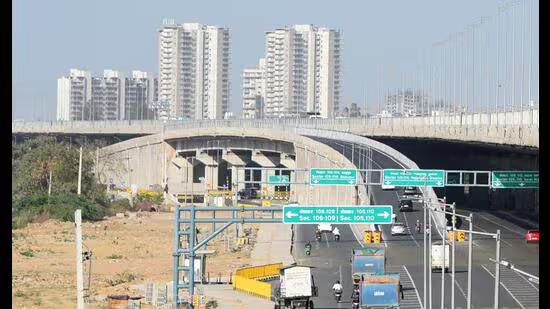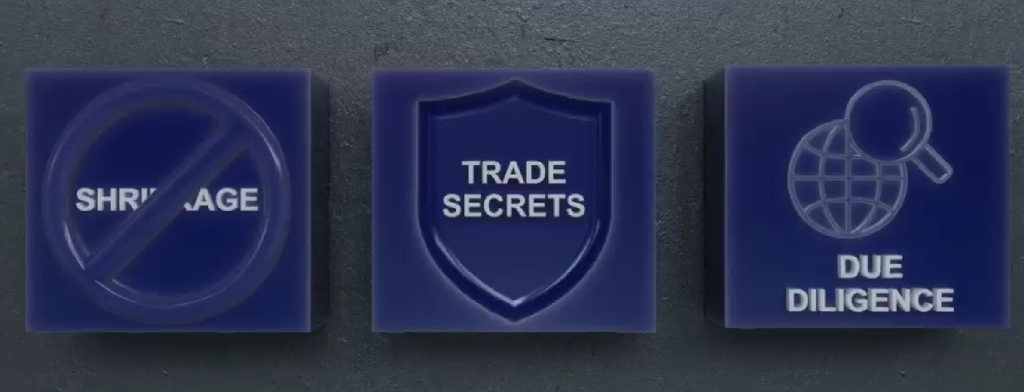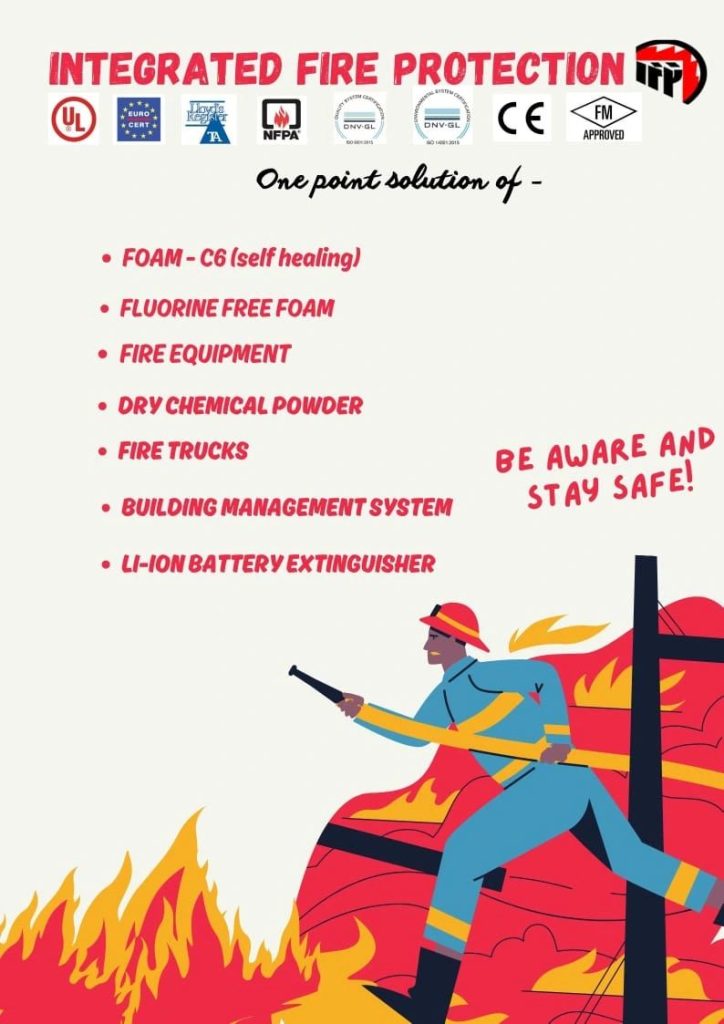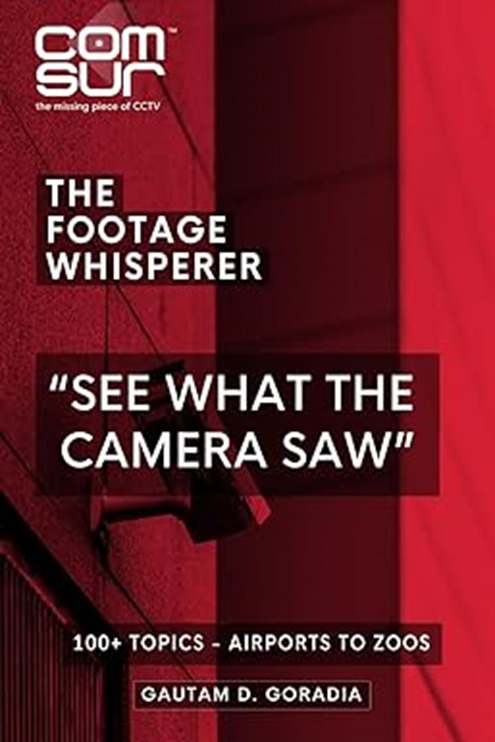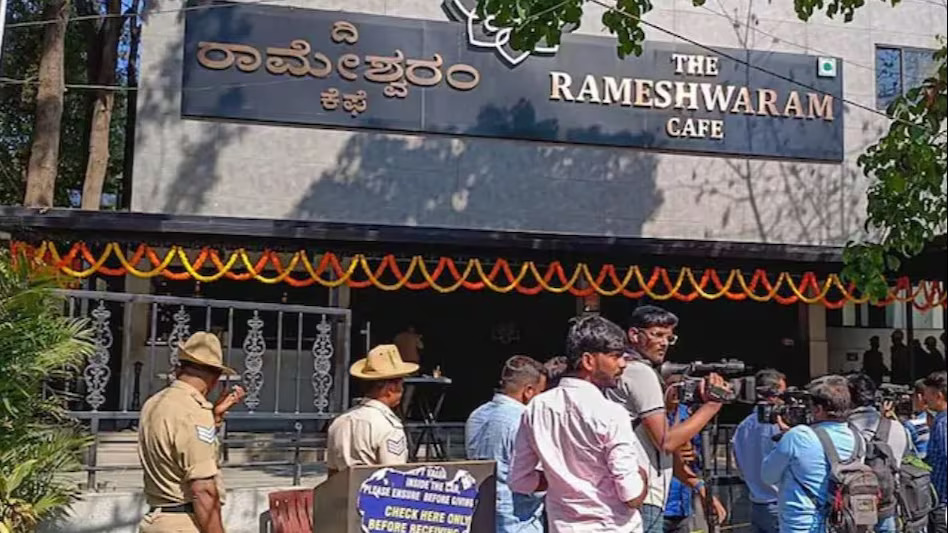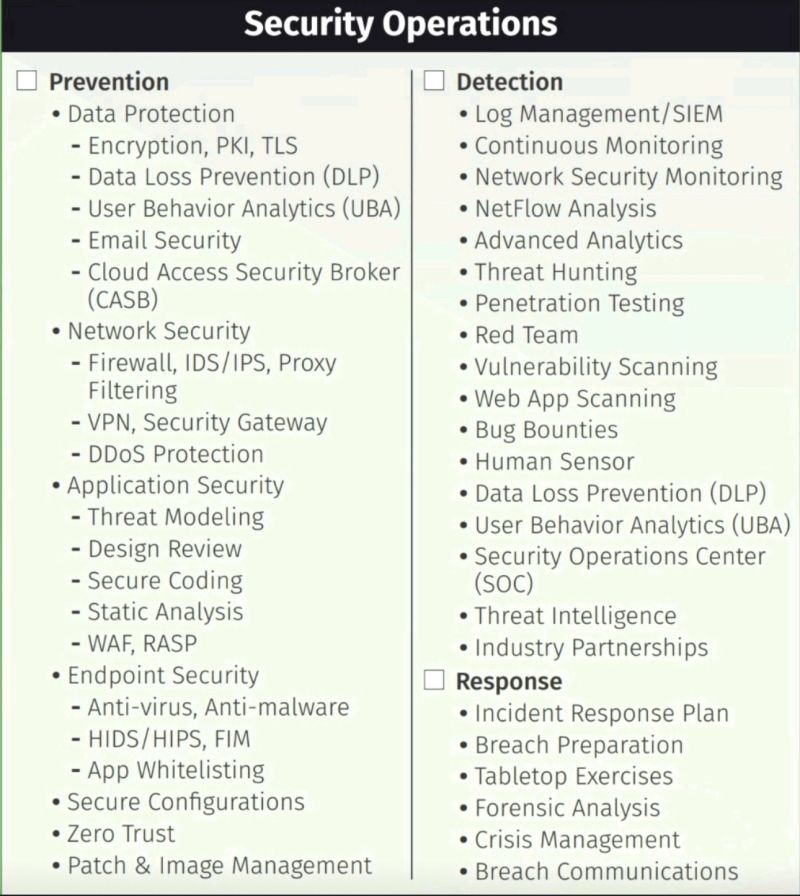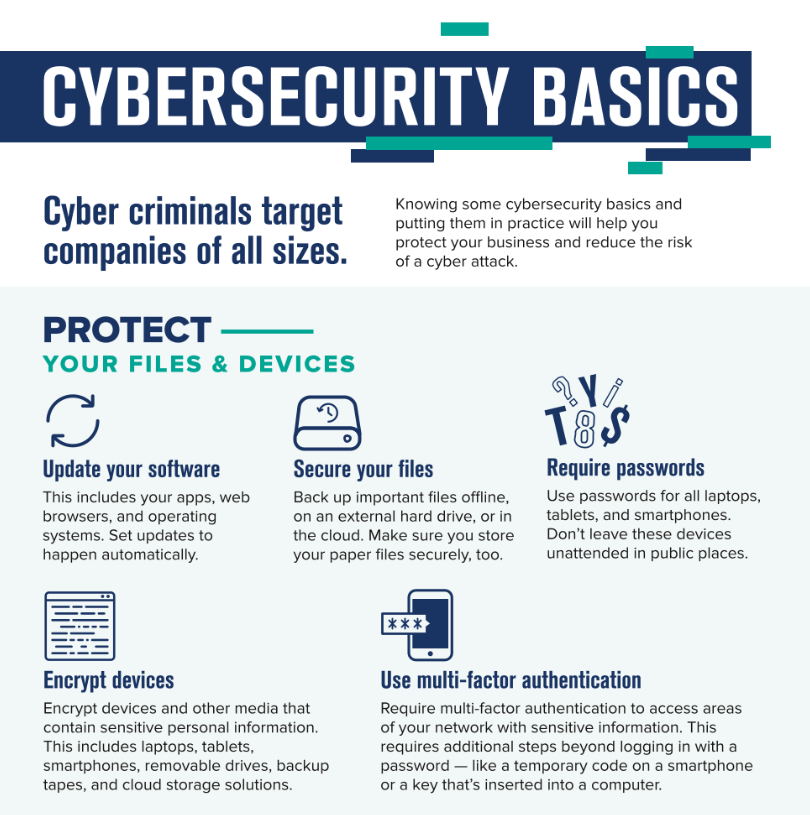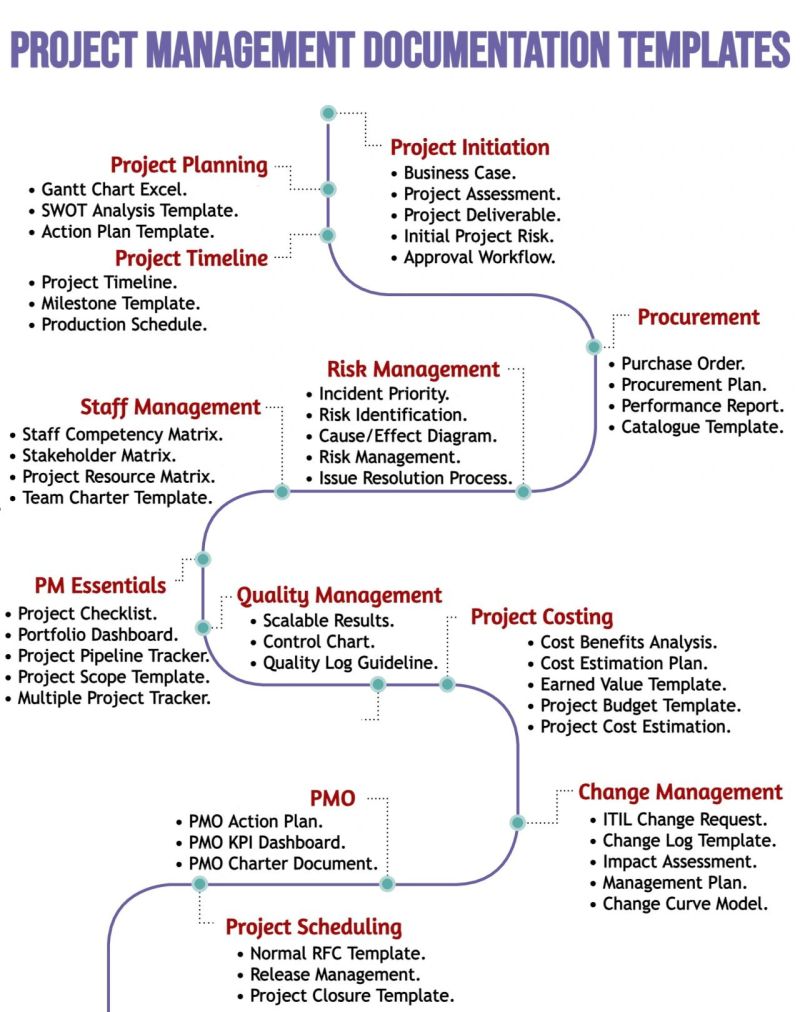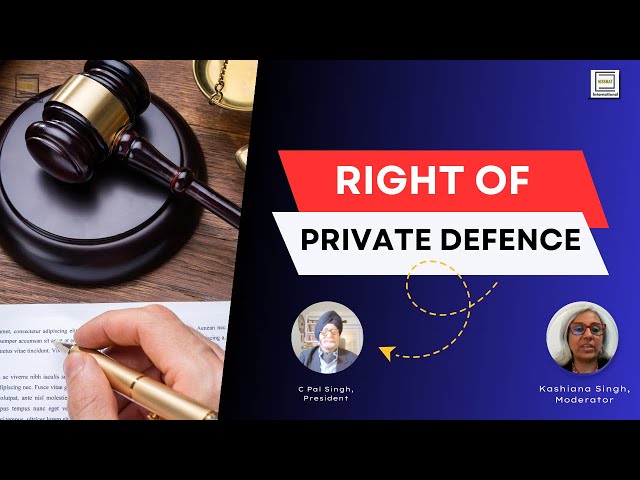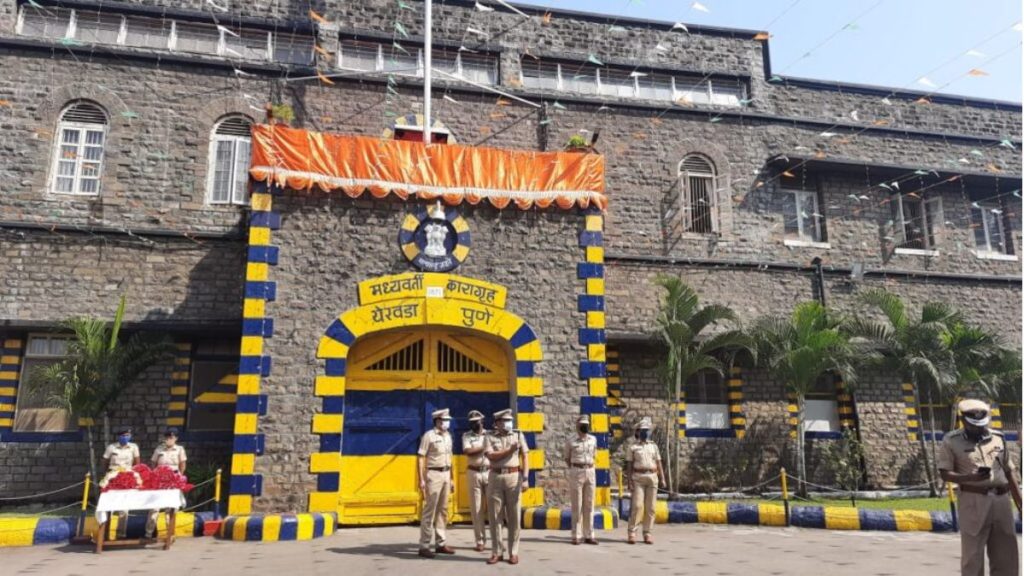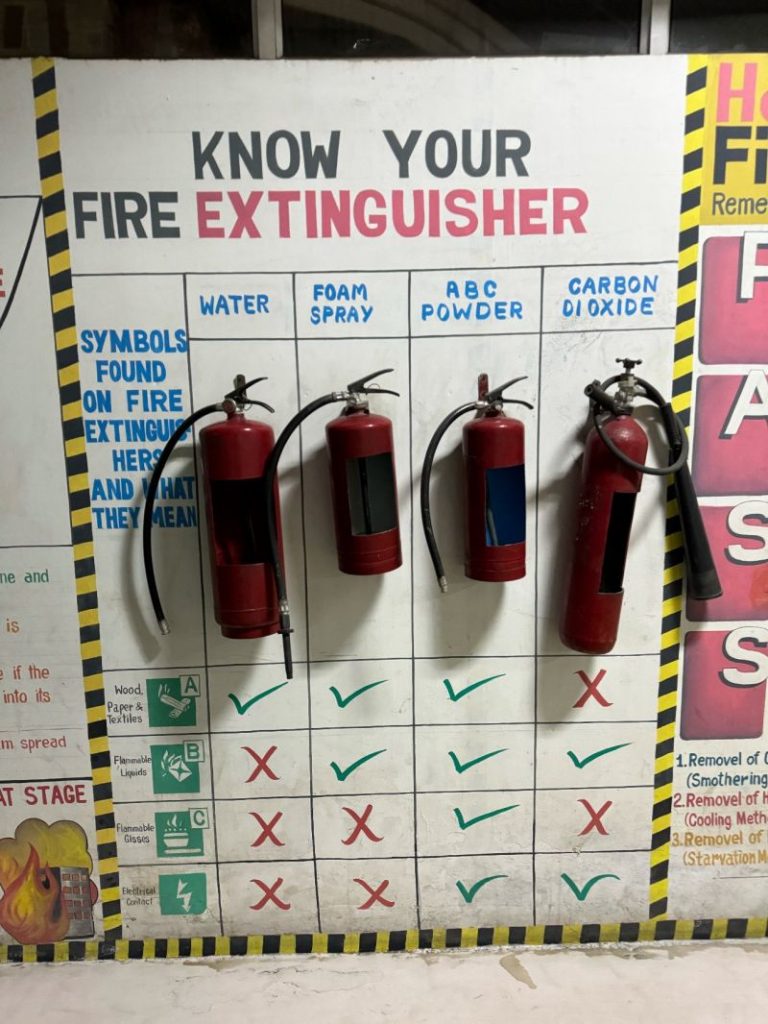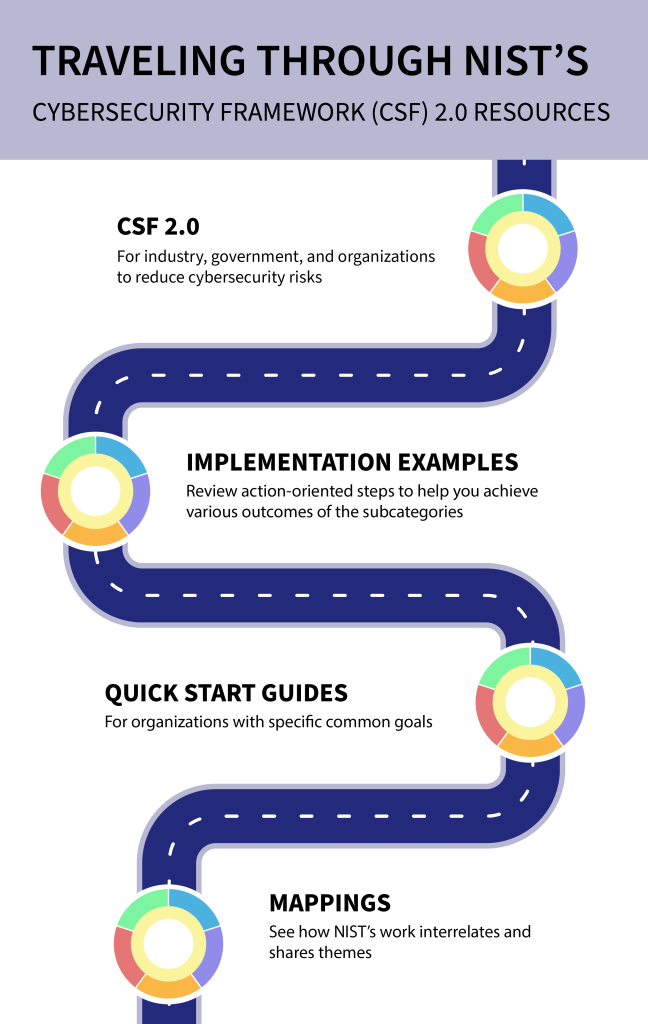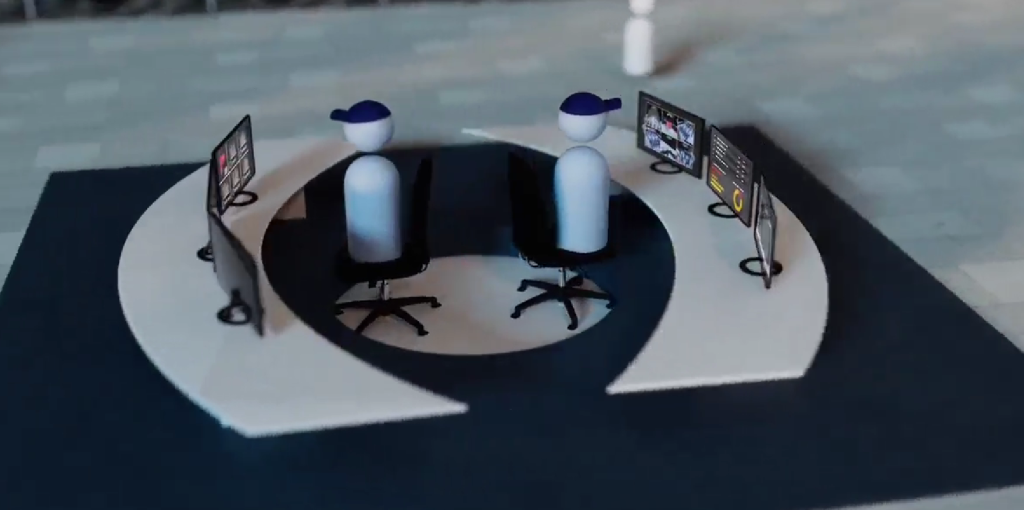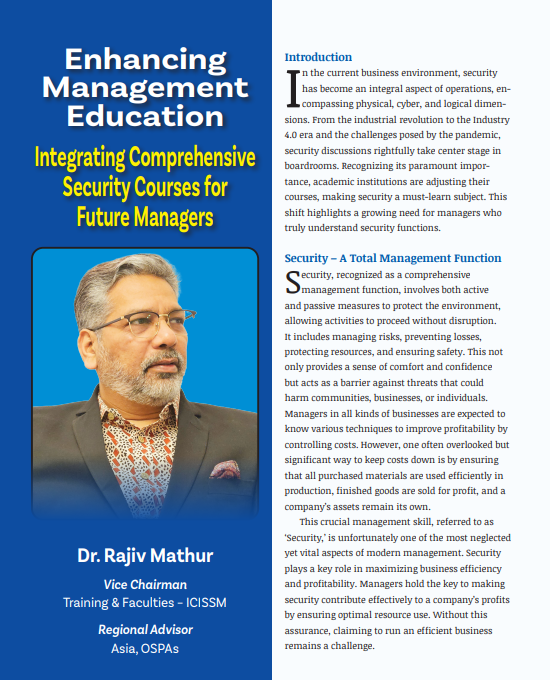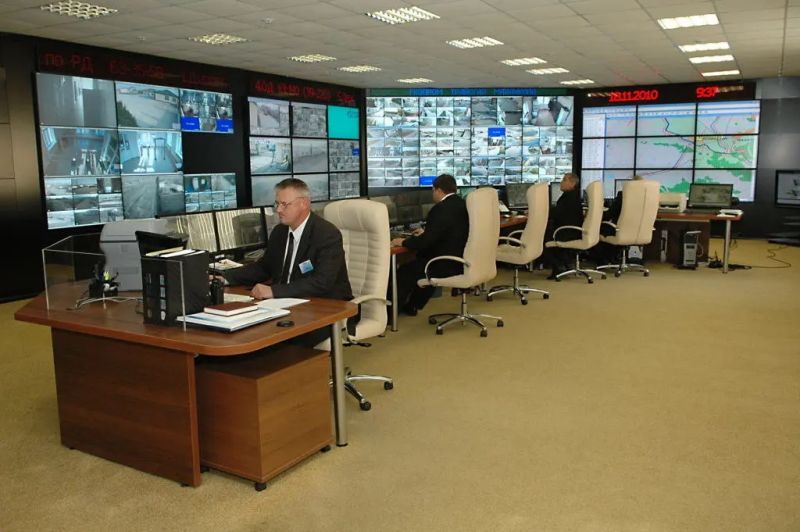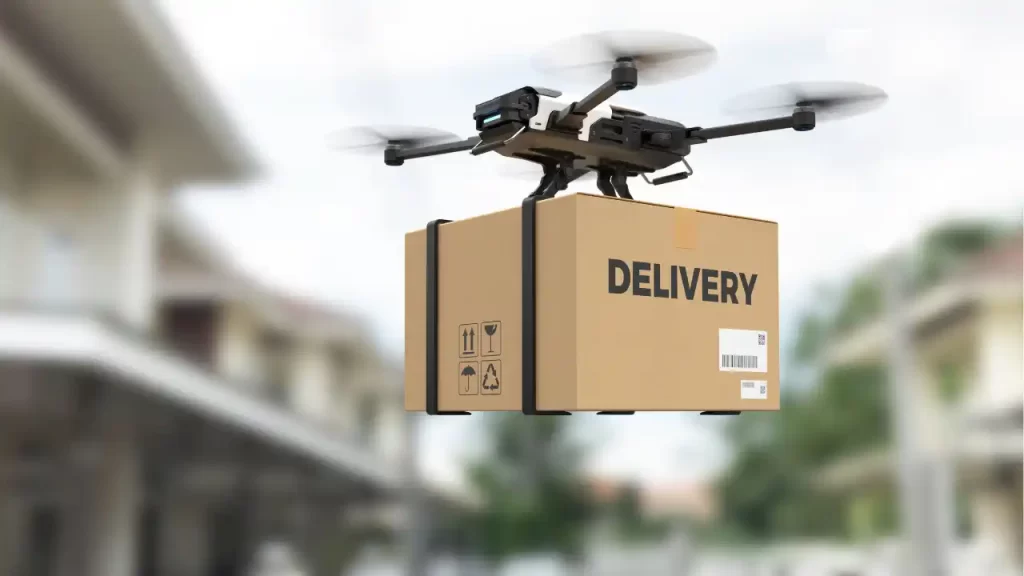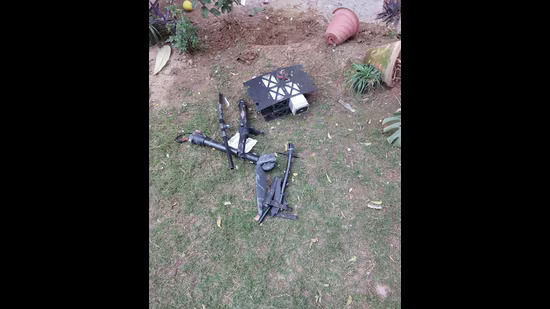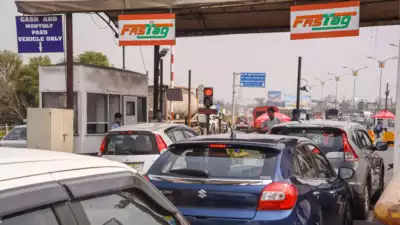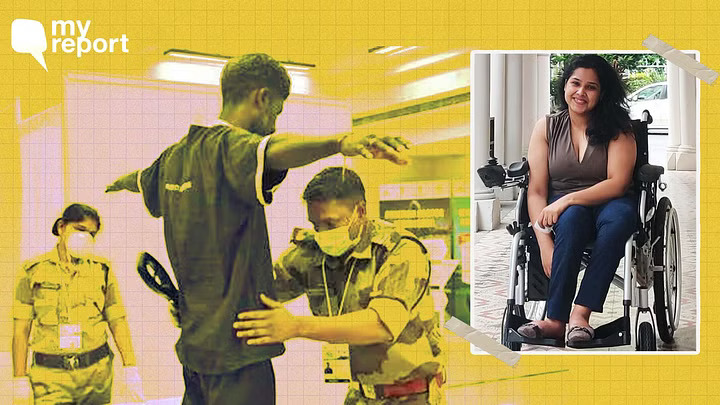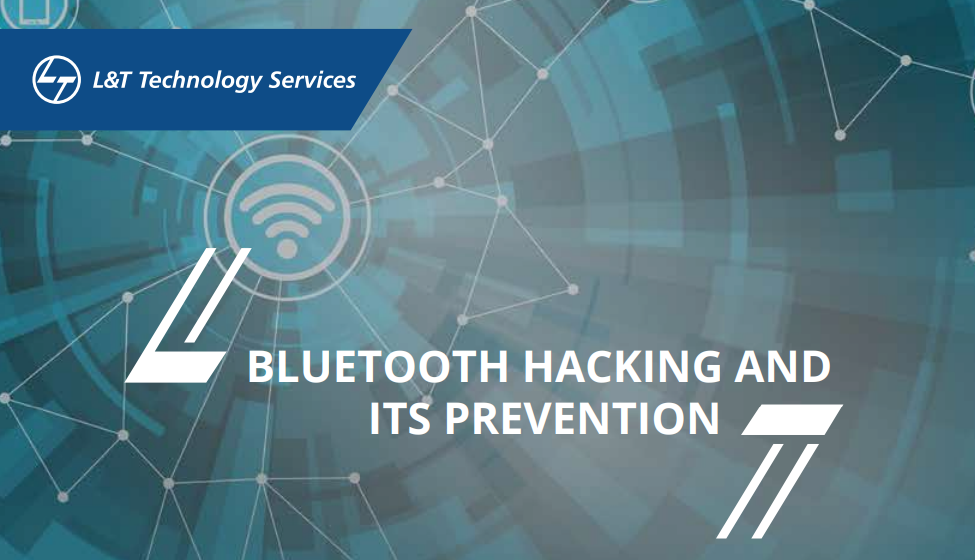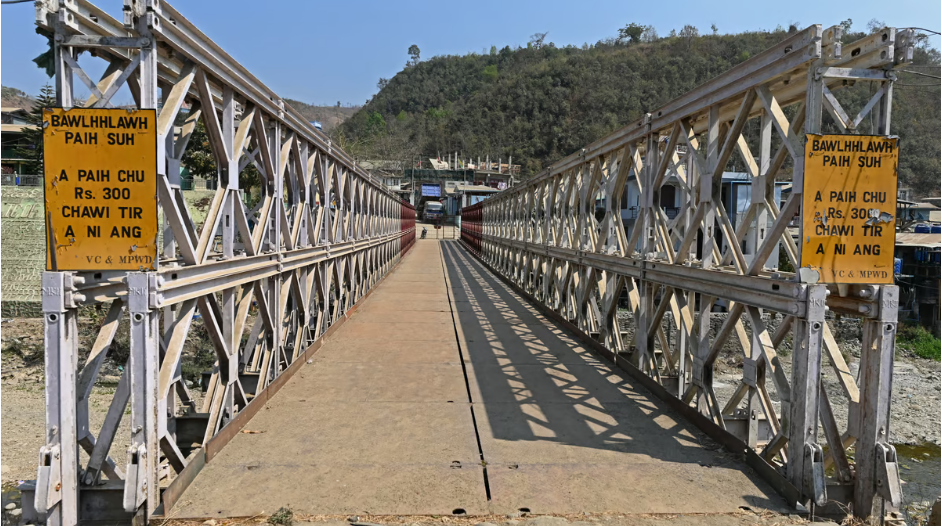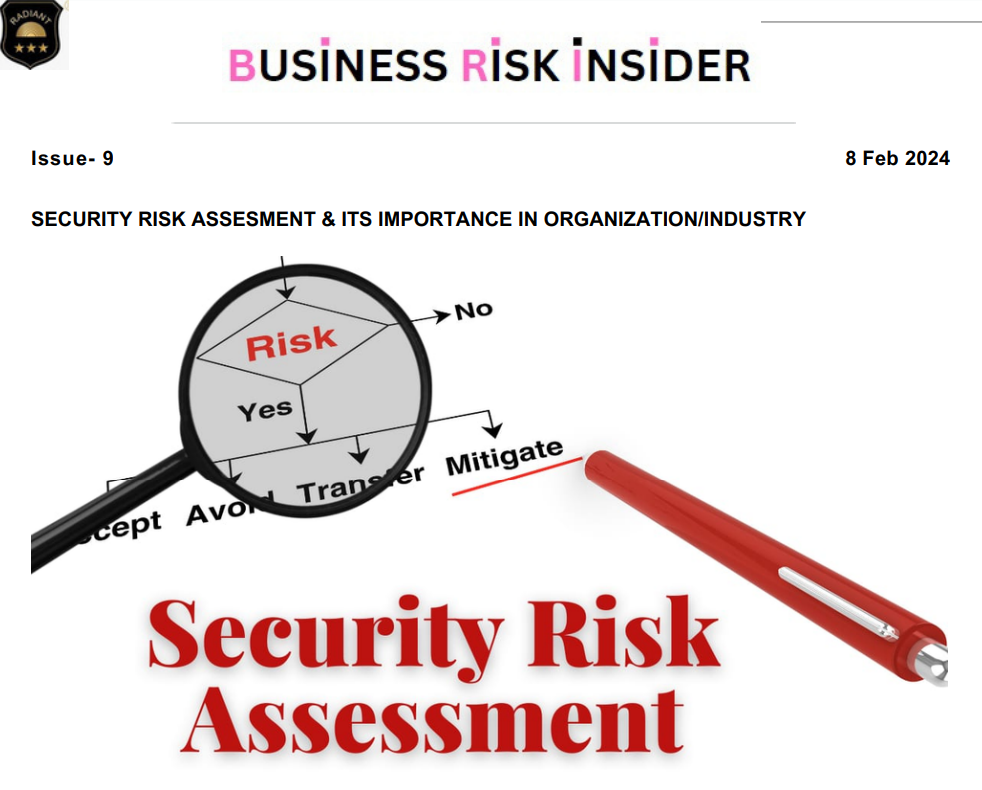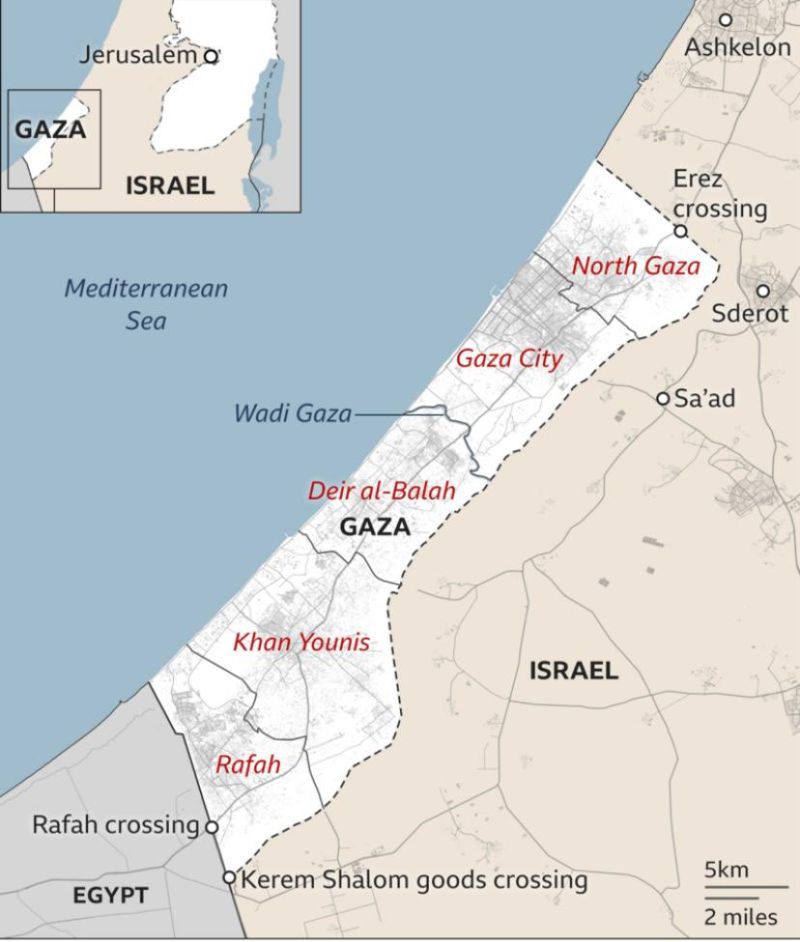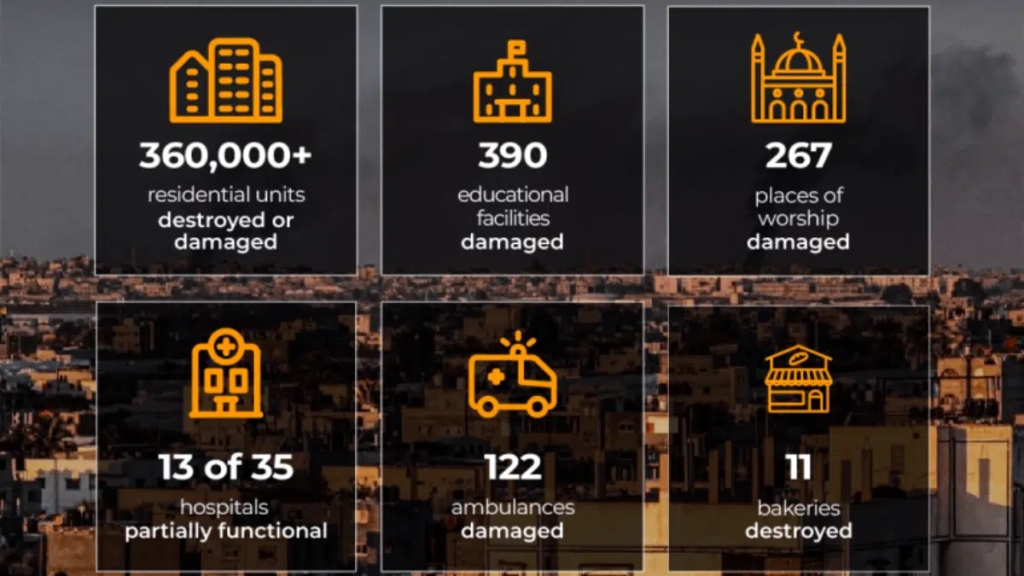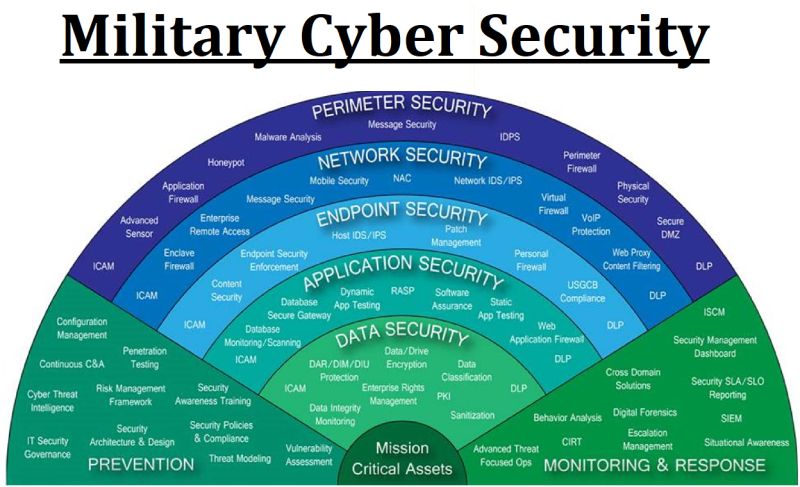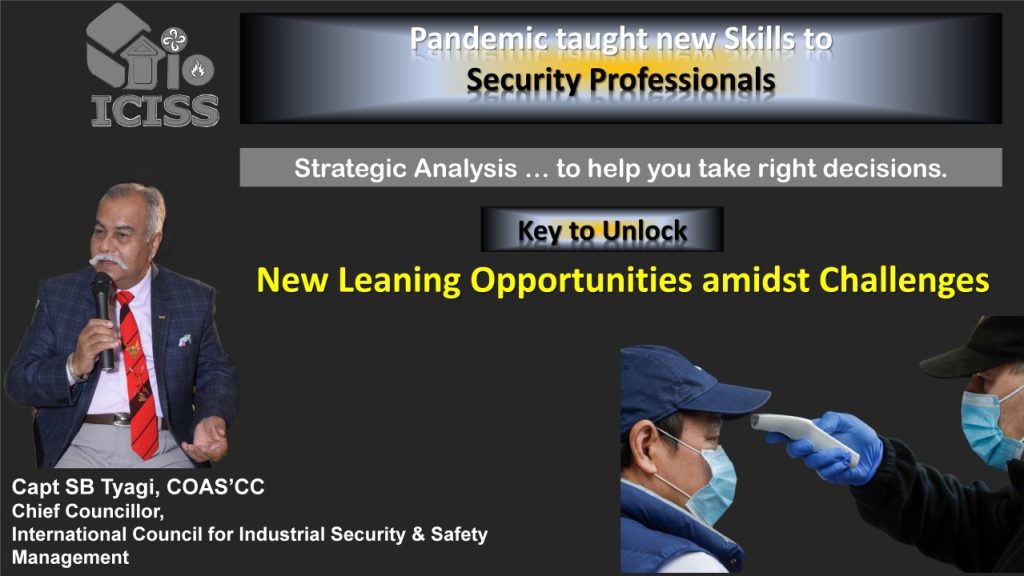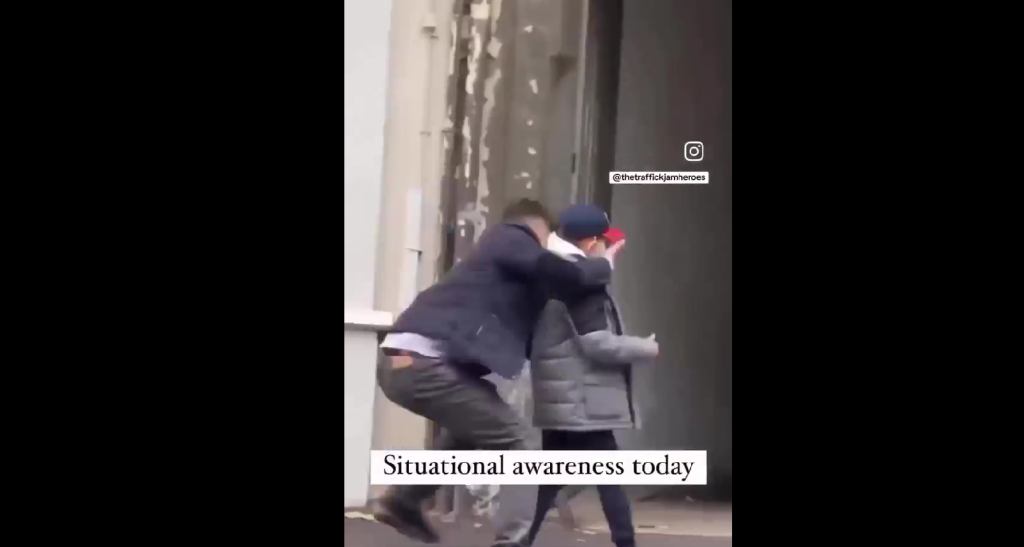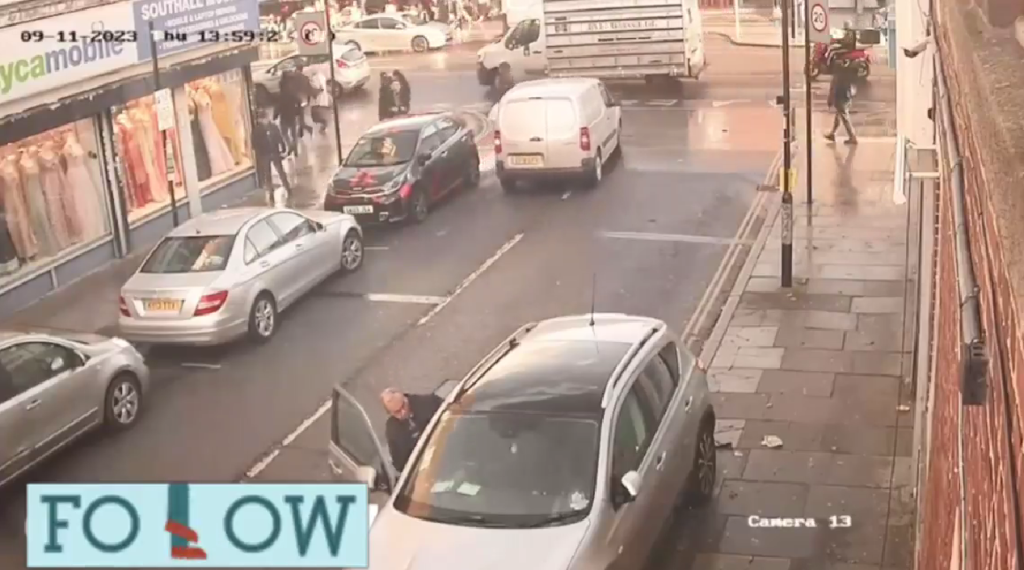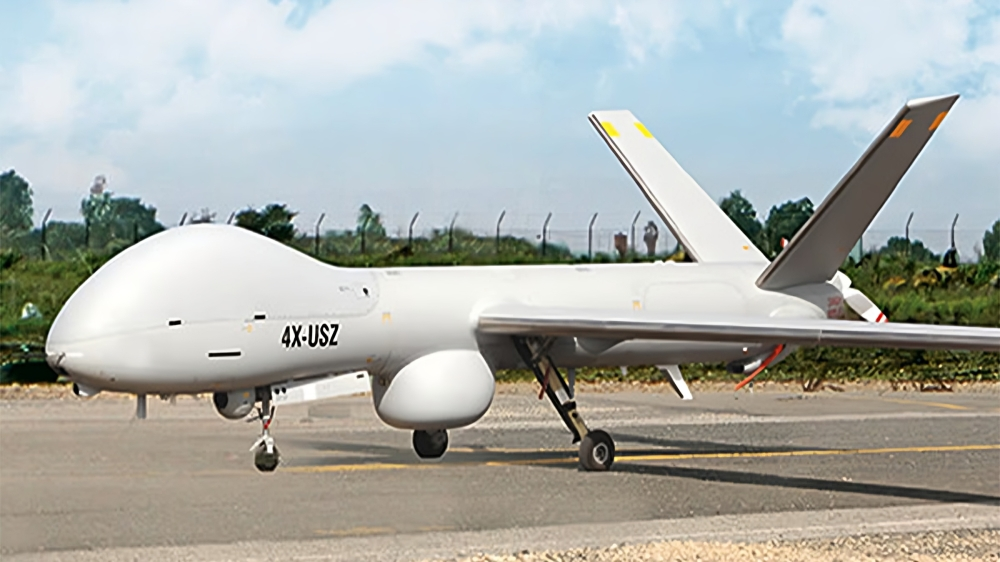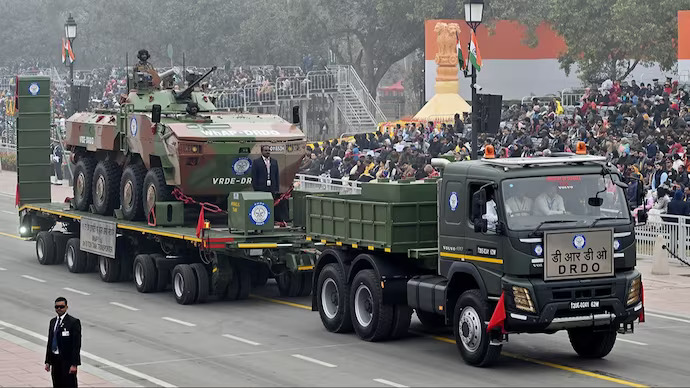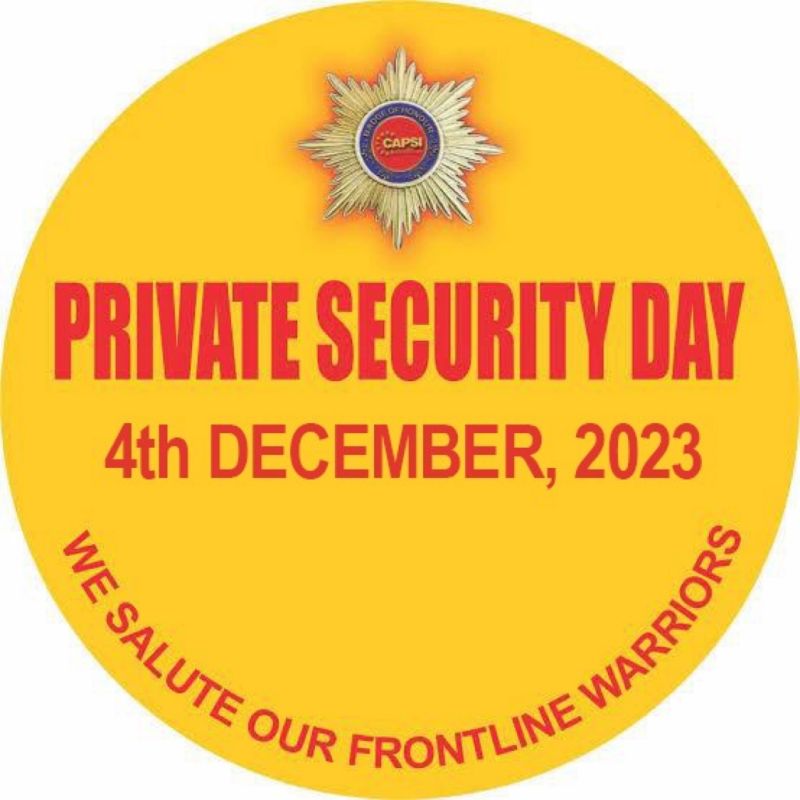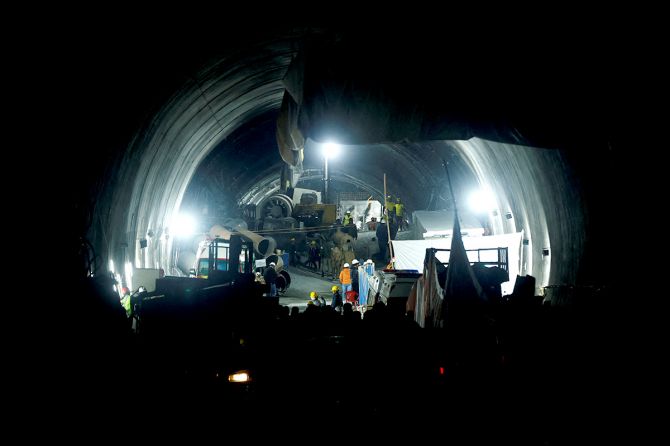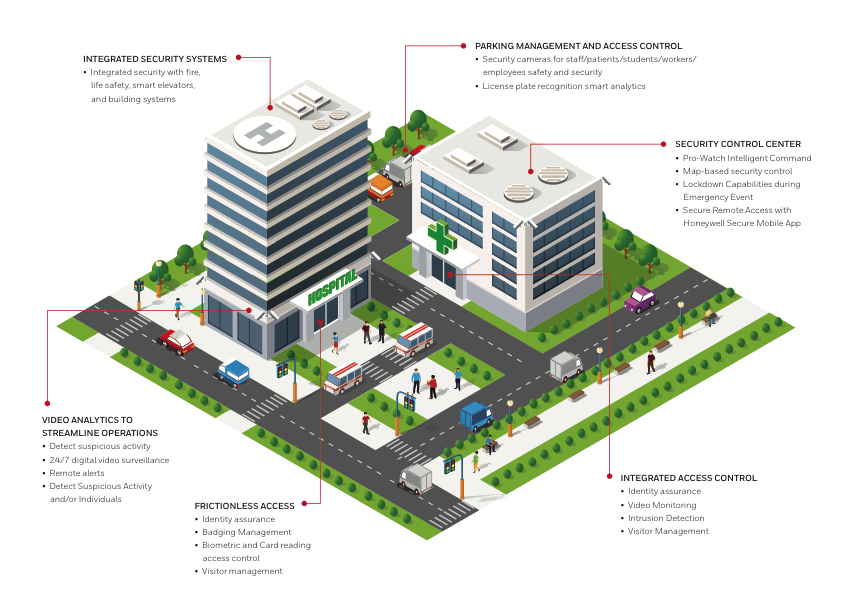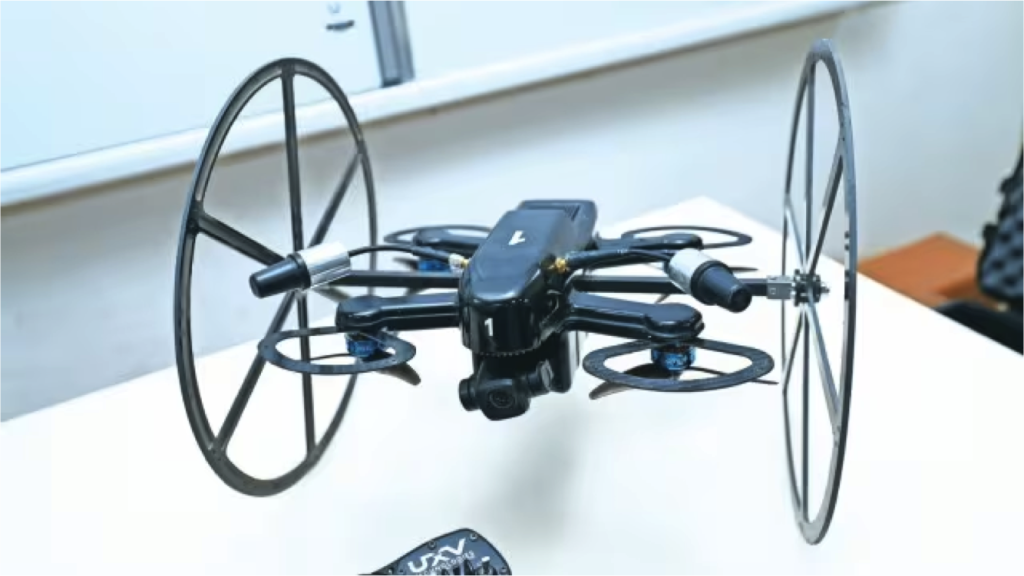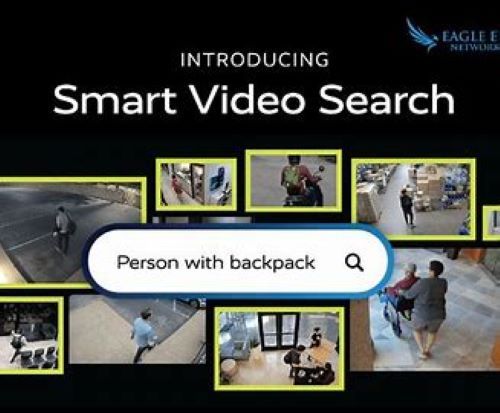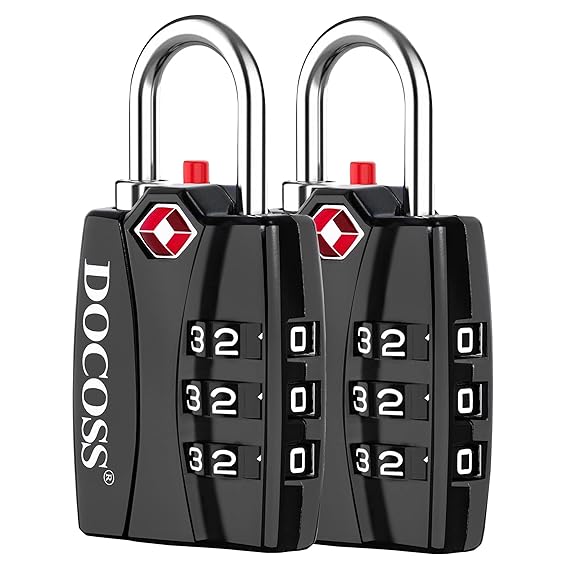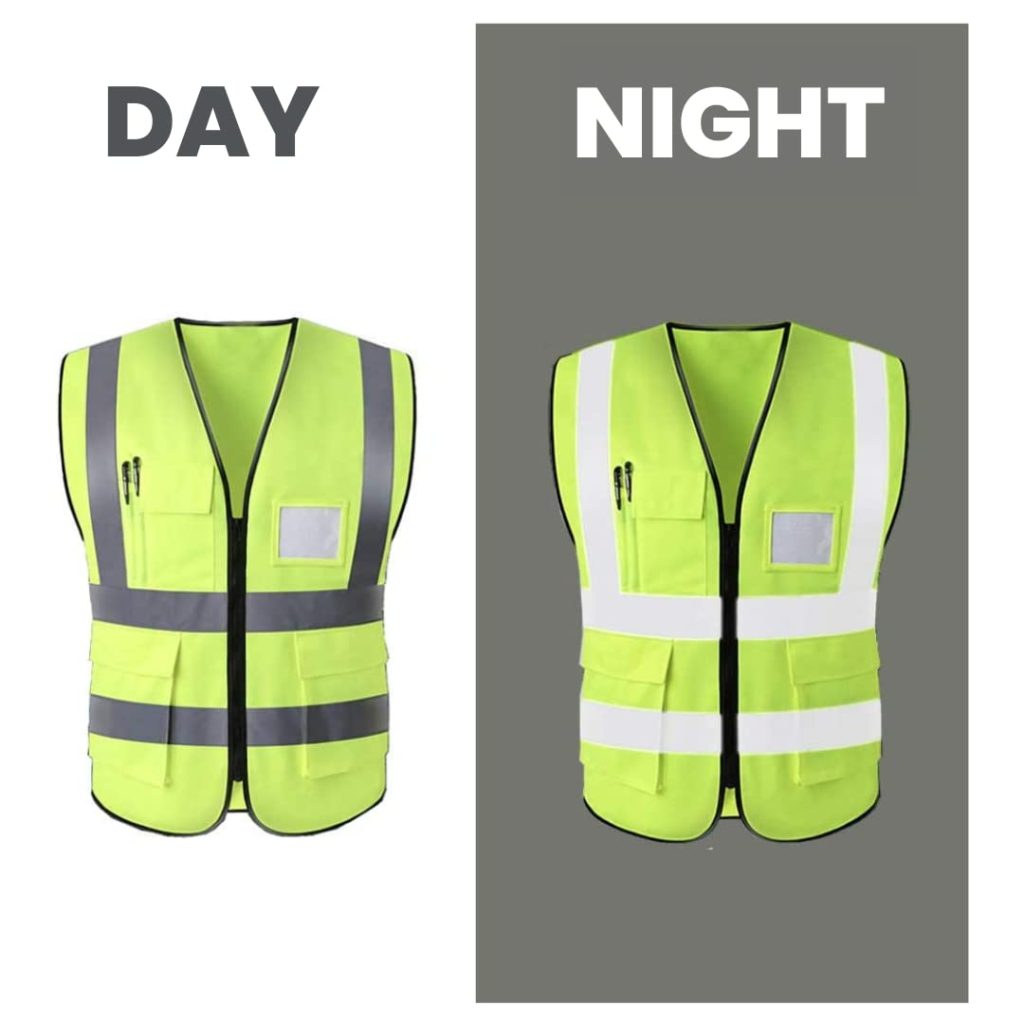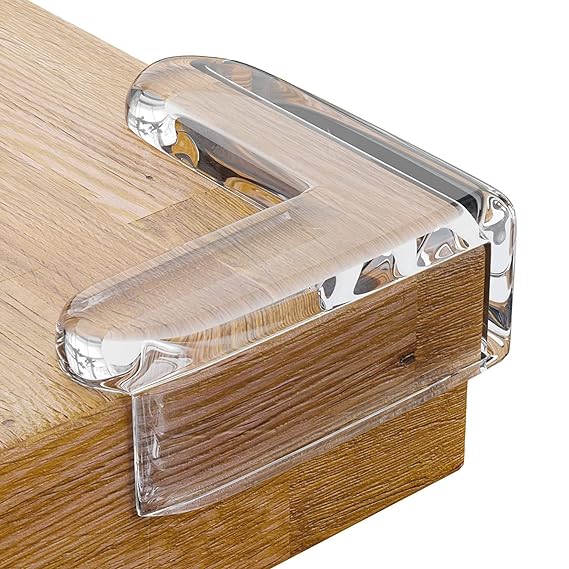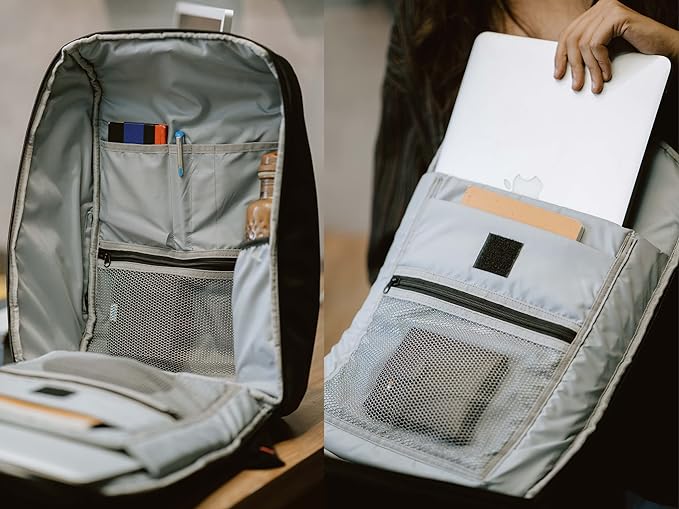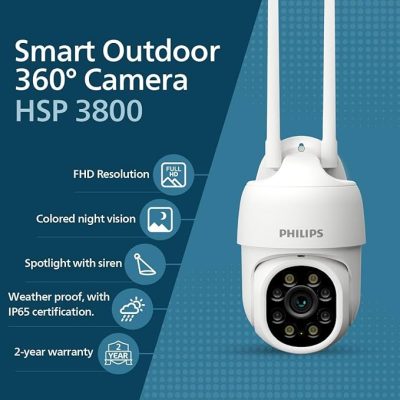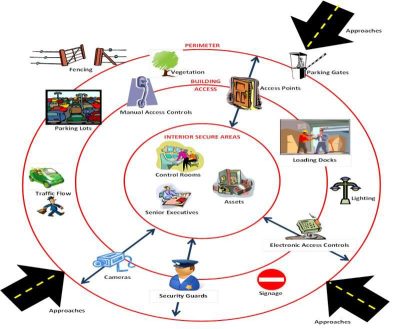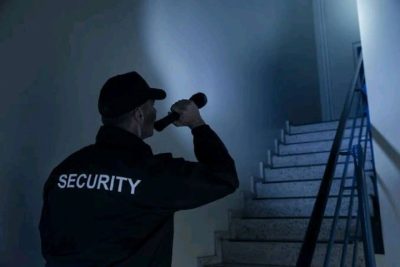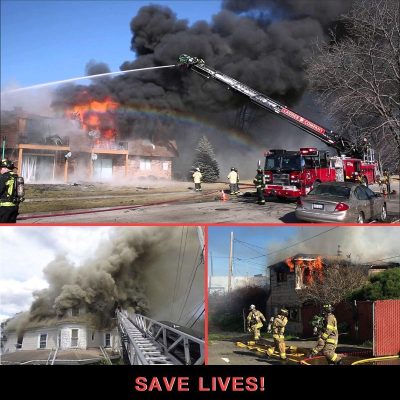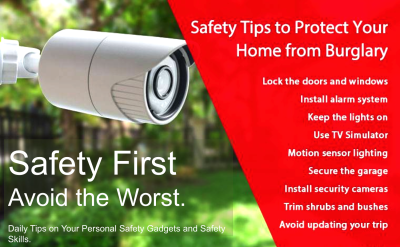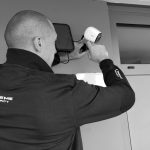RESIDENTIAL SECURITYOperational Planning & Layered Approach

Prior Assessment
Several elements, including costs and aesthetics, will factor into measured, commonsense cal. security measures. But putting those measures in place first requires a thorough security assessment. Understanding the security environment and identifying likely threats enables residents — and if need be, security professionals — to make informed choices on everything from the location of residence to the specific security features, such as alarms, lighting and fences.
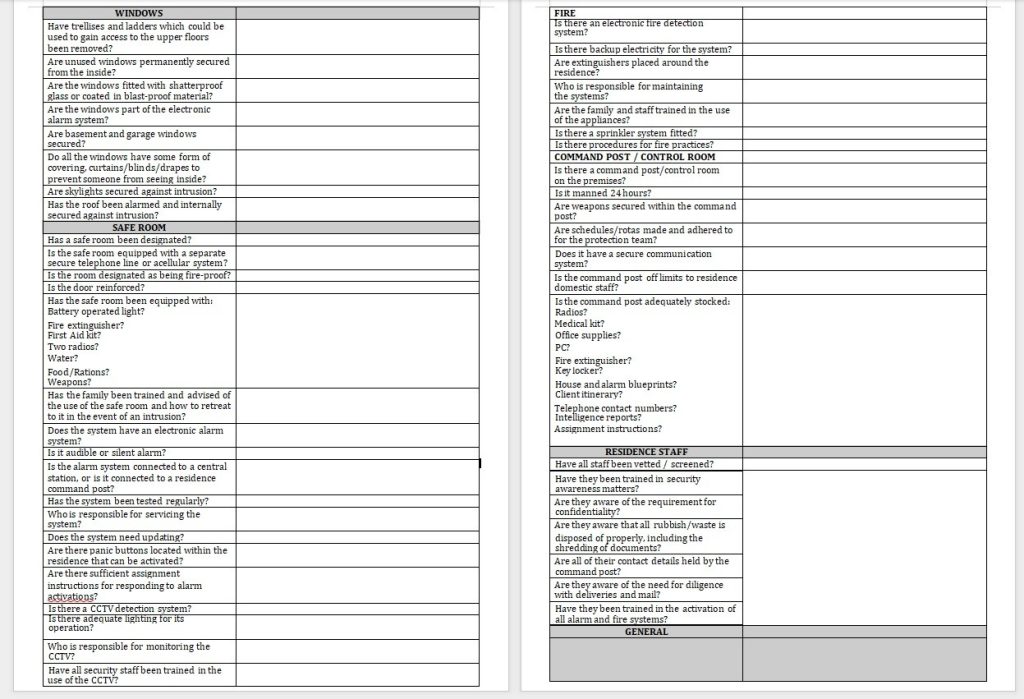
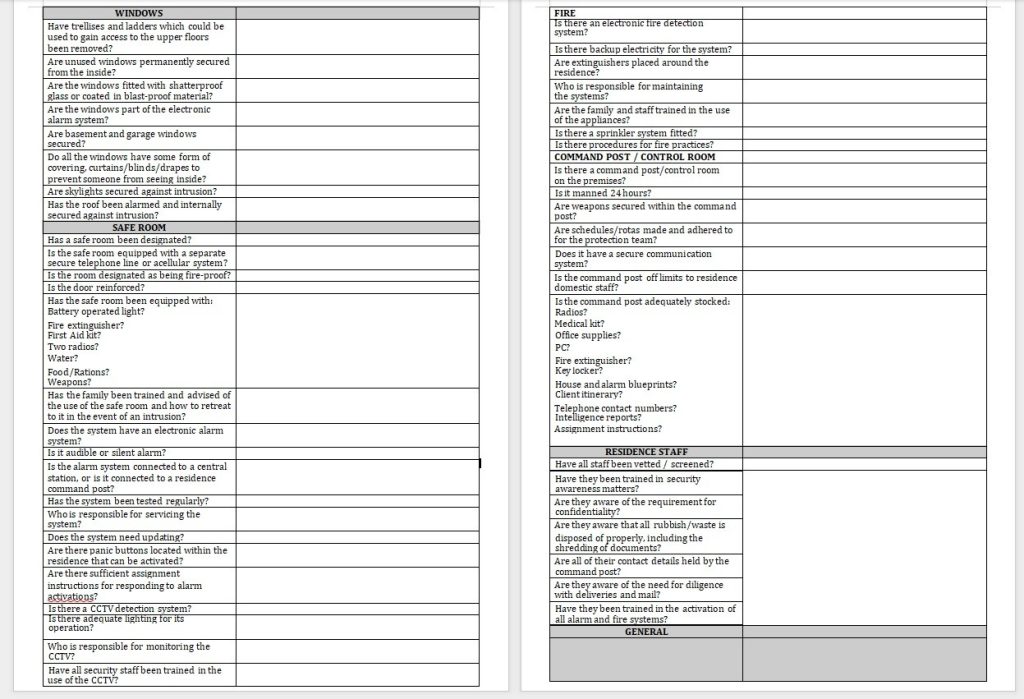
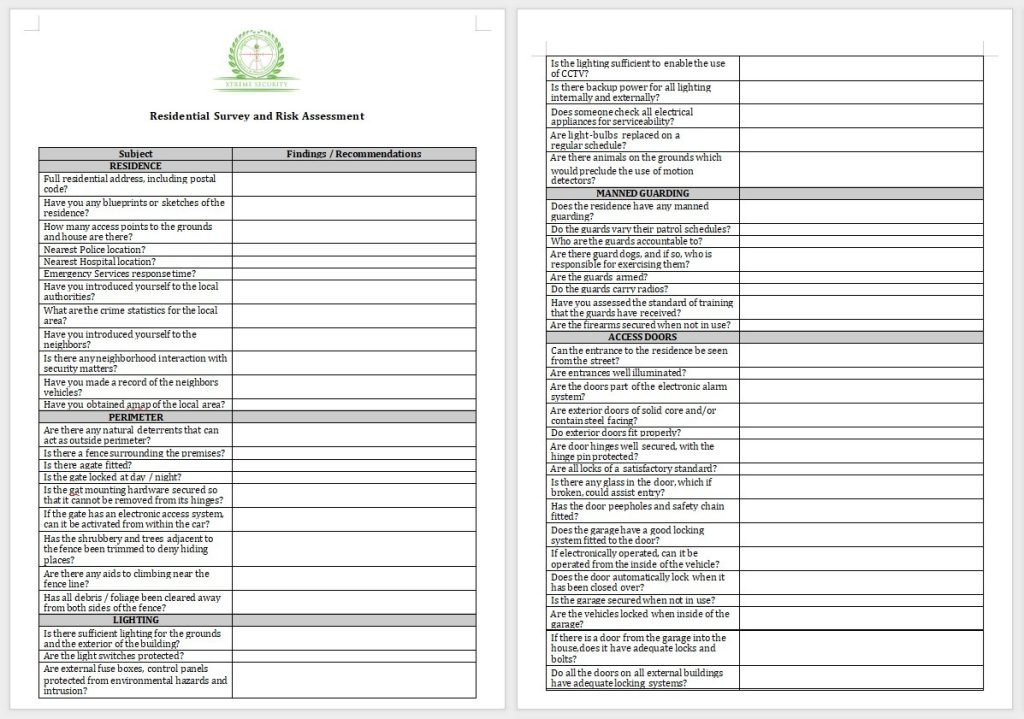
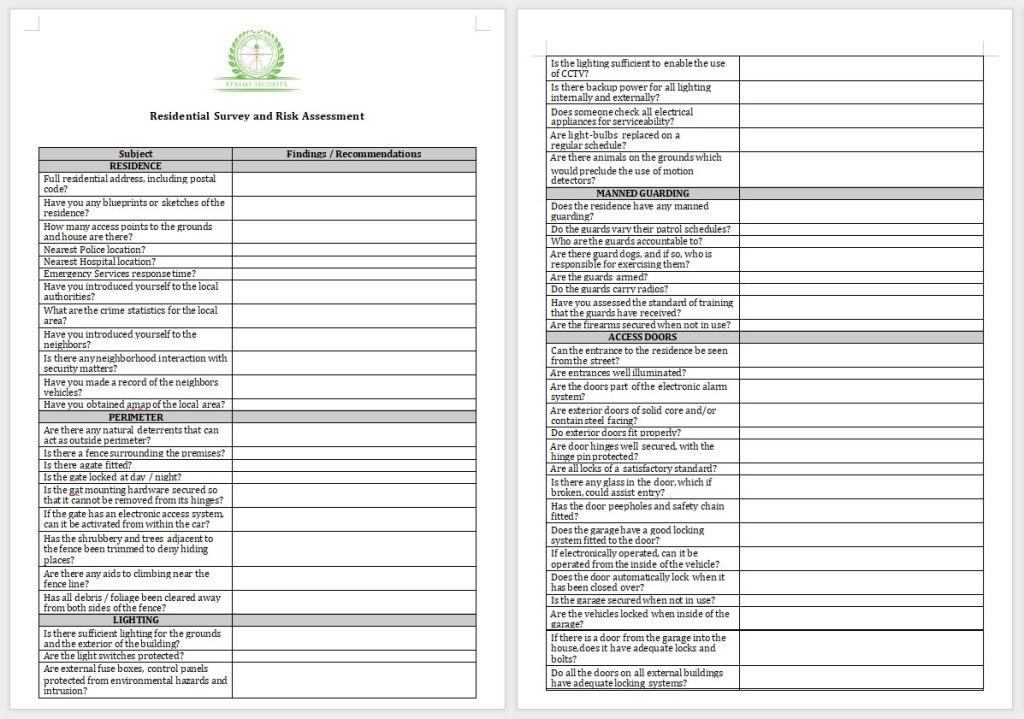
Effective residential security planning starts from the outside and works its way in. But the outside-in approach pertains as much to security assessments as it does to physical security measures. The first step, then is to assess the general security environment of the region in which the residence is located, taking into account the current and historical trends of crime, terrorism and civil unrest in the nation and in the city.

A good security assessment does not focus solely on crime. Threats posed by natural disasters such as floods, earthquakes, hurricanes and tornados, should also be take into account, as should the threat of martial law or government-imposed curfews that could leave residents isolated and, perhaps, without basic supplies and services.
In such environments, a good security plan will provide for self-sufficiency in case of disruptions to infrastructure and transportation. It will also include an evacuation procedure. The next assessment should cover the specific security environment of the neighborhood and of the strengths and vulnerabilities of the residence itself.
After all, the contents of a particular residence can determine how likely it is to be targeted. A home with multimillion-dollar art collection has a greater chance of being targeted for theft than a home without such extravagances.
The effectiveness of local law enforcement and emergency response personnel also must be evaluated. If the police are not likely to respond in a timely manner – or respond at all- then security plans must be adjusted accordingly.
If available, a statistical history of crime in the neighborhood should be studied. This history will provide a general idea of the types of crimes that can be expected. However, in many places serious crimes often go unreported because the police, rightly or wrongly, are not trusted. In such cases that official government statistics are not reliable, a deeper study will be required.
Layout and geography also play a crucial role in security assessments. Some street layouts, for example, are attractive to criminals and potential attackers because they offer easy access to the neighborhood from the outside. They also offer rapid escape routes after crimes have been committed. Gated communities with only one entrance also provide a convenient choke point; all residents must pass through the gate, which potential intruders can use to their advantage. Neighborhoods with trees and bushes, abandoned houses, vacant lots and busy roads help those engaged in hostile surveillance to blend in. Local ordinances or agreements that restrict the construction of walls or the use of security measures, such as window grates or some forms of lighting, should also be factored in when assessing the security of a particular neighborhood.
A Layered Approach
The outside-in approach to developing an effective residential security plan involves viewing the residence as having five layers of protection. The outermost layer is off the property in the area surrounding the residence. The second layer is the residence property line. The third is the outer perimeter of the grounds or yard. The fourth is the structure of the house itself, and the final, innermost layer is a secure location inside used for shelter during an attack or intrusion.
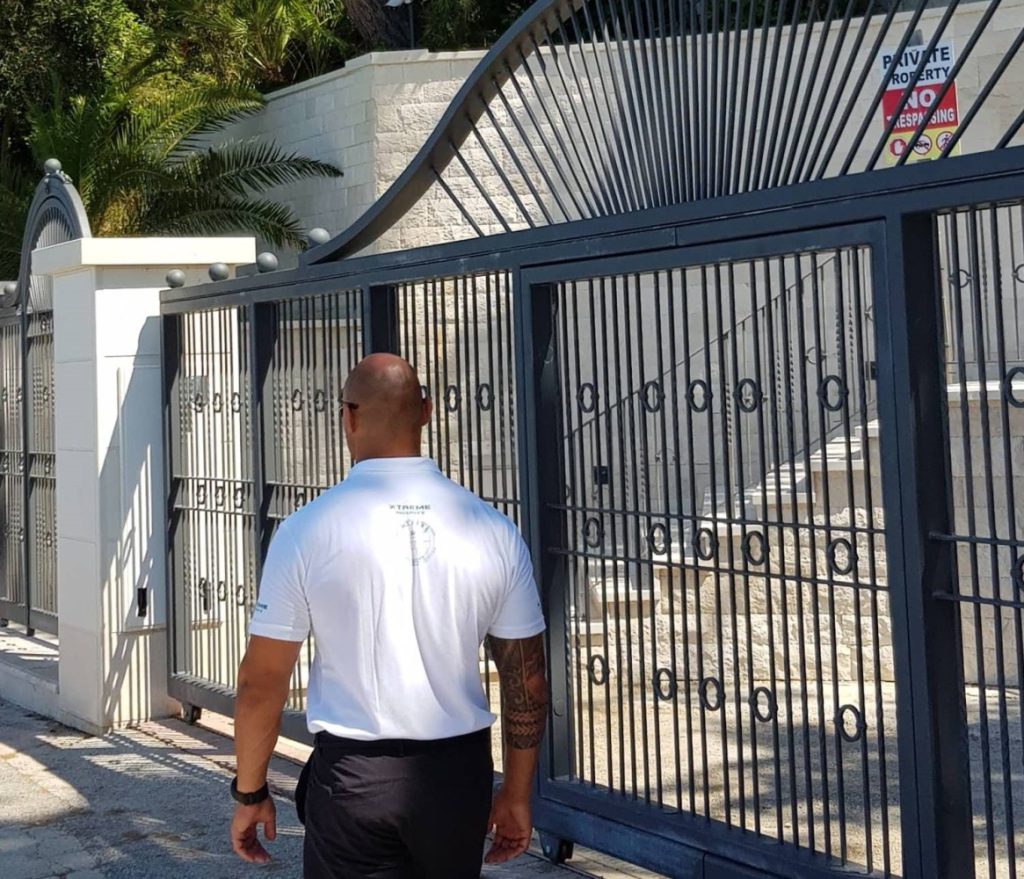
The First Layer
In most neighborhoods of developed countries, police provide the first ring of protection. In some cases, it is augmented by neighborhood watch programs. In more affluent locations, private security personnel provide protection in this zone. If dedicated security patrols are not available, residents should work to develop a cooperative relationship with their neighbors. If possible, the streets and area in this first layer should be well-lit at night to discourage criminal surveillance and activity.

The Second Layer
The second ring starts with a clearly delineated property line, which is marked as private property. The property line can include physical barriers, such as fences or hedges, to discourage casual or accidental intrusion. Obviously, aesthetic considerations must be taken into account. A high wall topped with razor wire, for example, might not fit in with. many residential areas in the United States and Europe, though it is a necessity in many more dangerous areas. In particularly dangerous areas, security personnel should patrol the outer perimeter. These can include armed or unarmed security guards who are on foot or in patrol vehicles. Guard dogs also make excellent patrol and detection.
The Third Layer
On a large residential property there can be quite a bit of distance between the outer perimeter and the residence. In some cases there will be an additional fence or wall delineating the yard from the rest of the property, and this forms the third ring of defense. A very large area is difficult to guard; a smaller area around the house can be guarded far more efficiently.
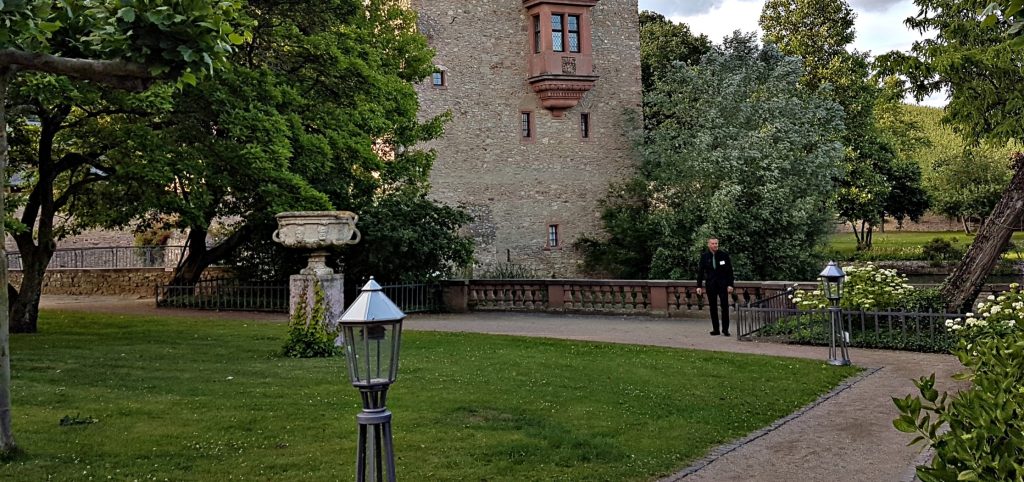
In a tightly packed urban environment, there may be only a few feet between the property line and the outer walls of the house, and this layer is not applicable because the property line is the yard perimeter. Indeed, urban dwelling requires different considerations. In some cases, an upper-floor apartment in a well-secured building can be a wise choice for housing because the building management assumes the cost and burden of security. A well-secured apartment building is essentially a condensed version of a gated community. Such living provides a degree of anonymity, while access to the public is limited by the use of security cards or doormen. However, the quality of the buildings security system and personnel should be taken into consideration, as should the risk of living in close proximity to a potentially high-value target, who could involve you in an attack inadvertently. Apartment living can also complicate fire and evacuation plans. Another consideration is that building management may not allow you to improve your exterior apartment door or locks if they are not adequate.
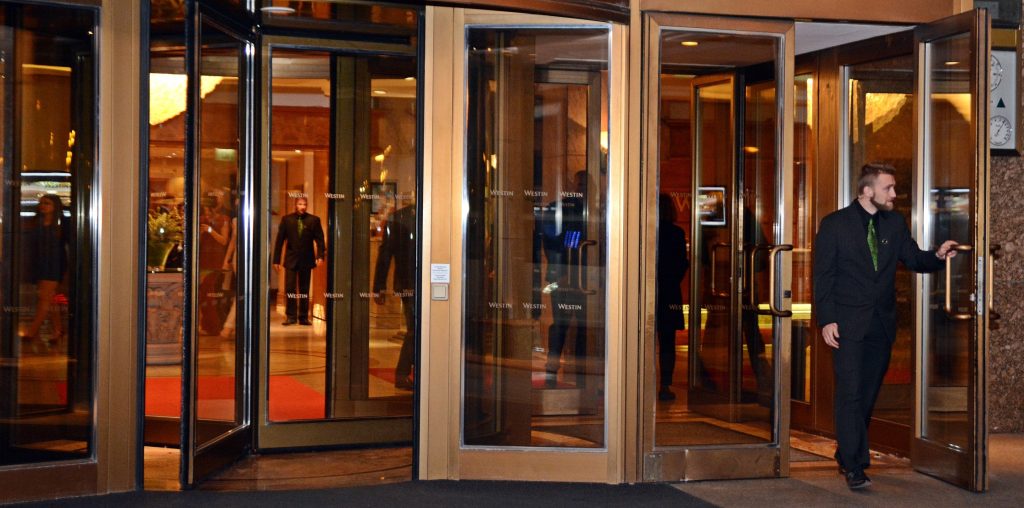
The Forth Layer
The walls, doors and windows of the residence itself constitute the fourth ring. In practical and legal terms, this barrier can and should be protected according to the level deemed appropriate in the overall security assessment and, if necessary, defended with force. The exterior of the home should have its own system of passive defenses, which include construction, locks, landscape features and security procedures, and active defenses, which include alarms, detection systems and SECURITY PERSONNEL. More about the security guards find bellow.

Special attention should be paid to the strength, quality and installation of doors and locks. A high-quality deadbolt can be very effective. Double-cylinder deadbolts should be used if the door is near any window. A simple slidebolt into the floor can bolster these locks. Ideally, locks should be selected and installed by specialists.
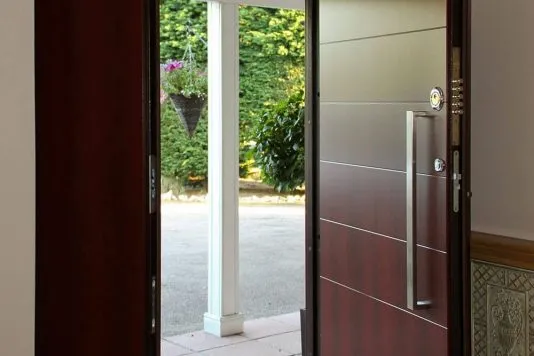
However, the best lock in the world, even when set in a sturdy metal or solid core wood door, can easily be kicked in if it is set in a cheap wood frame with a thin jamb. There are a number of commercial products available to strengthen doorjambs and make them more difficult to kick in. Close attention should also be paid to windows, especially ground-floor windows.
Most commercial locks accompanying residential widows are easily broken when the window is pried open, and even decent pry-proof locks on ordinary glass windows can be circumvented by shattering the window itself. Shatter-resistant windows or clear shatter-resistant films applied to windows help mitigate this threat. In extreme cases, ground-floor windows can be barred, as can any higher window that can be reached if the intruder climbs up a wall or tree.
If windows are barred, emergency releases should be installed to facilitate an escape in case of fire. Wherever possible, landscaping features such as hedges should be kept away from walls near windows and doors, or kept trimmed short so that they will not conceal a potential intruder. Another passive defense is having the entire hard line, or perimeter of the residence itself, flooded with light. In addition, any outside roof access ladders should be enclosed by cages and locked. An important active measure to have is a robust residential alarm and CCTV system. More about the CCTV find bellow.
The system should be backed up with battery power in case electric power is lost or disconnected.
A cell phone backup or even a satellite phone if we are talking about the CITADEL – PANIC ROOM – SAFE ROOM, is also recommended in case the phone lines go down.
Motion detectors and glass-break sensors should be used to augment door and window sensors. It is critical to remember that even the best alarm system is useless if residents do not use it or know how to use it. Panic Alarm that can alert the entire household and even local police to an intrusion also should be discreetly placed in strategic locations around the residence.
The Fifth Layer
If an intruder breaches the perimeter of the residence, occupants should move immediately to the final ring of protection — a safe room, for example. This is an interior retreat, and it will vary depending upon the threat. This is the section of a house frequently pro- tected by an interior metal gate, referred to as a “rape gate”, but the refuge can also be a bedroom, bathroom or even a large closet that is equipped with robust doors and locks that serve to provide an additional barrier to an intruder. High net worth families frequently have elaborate, hardened havens in their homes that can withstand a prolonged assault.
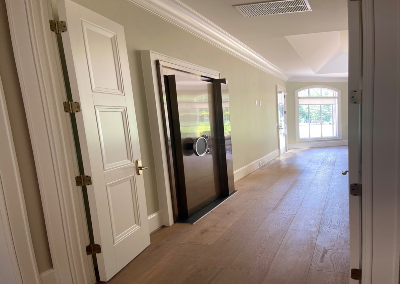
One of the examples, of a hidden safe room you can find here;
Not all residential security plans require such a room, although if the decision to create or install one is part of the broader security assessment then it should become an integral part of the security plan. If called for, the safe room should be centrally located on the sleeping floor, or the part of the residence where bedrooms are located. That room, or another designated location in the residence if there is no safe room, should be stocked with certain items.
The safe room can be equipped with a firearm for defense, although the decision to maintain firearms for self-defense in the home is a personal decision that is specific to each family and depends on the capabilities of family members who might use them. In the hands of a well trained person who has the will to use deadly force in an emergency — and not everyone does — a firearm can be an extremely effective deterrent to violent intruders. It can be the difference between life and death or freedom and captivity.
If employed, firearms must be well-maintained, able to be deployed quickly under high-stress conditions and carefully secured inside the safe room. The safe room should also be stocked with materials and supplies that the residents might need during an assault. This includes first-aid supplies and medications residents might need immediately. In specific cases, the safe room might include an inhaler for an asthmatic, or insulin and sugar sources for diabetics. Auxiliary light sources, such as flashlights or battery-powered lanterns, will be needed if all sources of power have been interrupted. A tactical flashlight with a strobe capability can also prove quite useful in such a situation. In addition, drinking water and an emergency food supply, such as energy bars, might also prove handy. The safe room should be stocked with a smoke hood and gas mask for each member of the family in case the house catches fire as well.
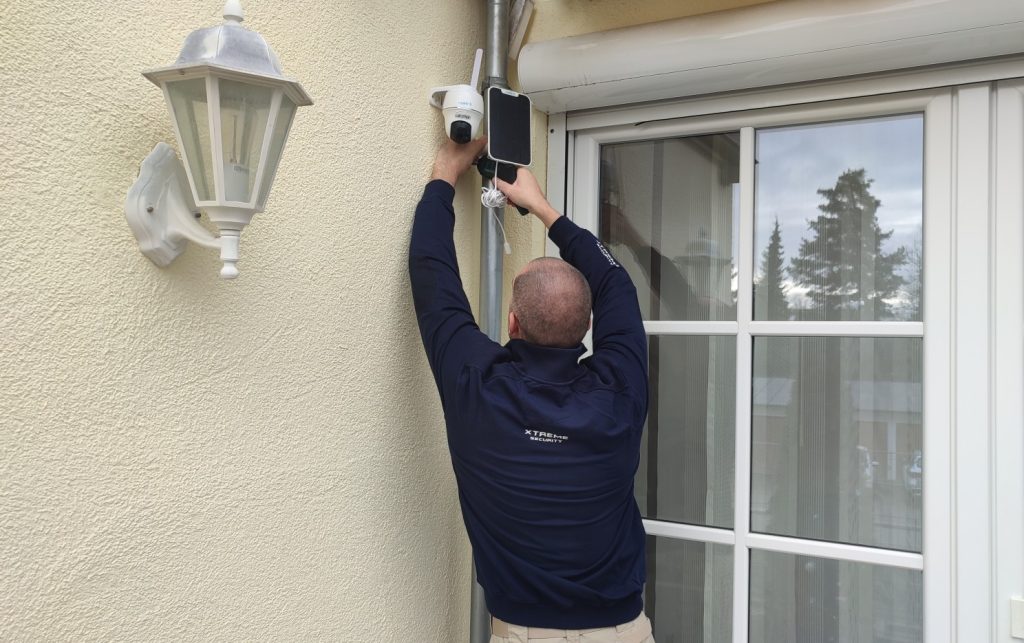
One of the examples, of a hidden safe room you can find here;
Not all residential security plans require such a room, although if the decision to create or install one is part of the broader security assessment then it should become an integral part of the security plan. If called for, the safe room should be centrally located on the sleeping floor, or the part of the residence where bedrooms are located. That room, or another designated location in the residence if there is no safe room, should be stocked with certain items.
The safe room can be equipped with a firearm for defense, although the decision to maintain firearms for self-defense in the home is a personal decision that is specific to each family and depends on the capabilities of family members who might use them. In the hands of a well trained person who has the will to use deadly force in an emergency — and not everyone does — a firearm can be an extremely effective deterrent to violent intruders. It can be the difference between life and death or freedom and captivity.
If employed, firearms must be well-maintained, able to be deployed quickly under high-stress conditions and carefully secured inside the safe room. The safe room should also be stocked with materials and supplies that the residents might need during an assault. This includes first-aid supplies and medications residents might need immediately. In specific cases, the safe room might include an inhaler for an asthmatic, or insulin and sugar sources for diabetics. Auxiliary light sources, such as flashlights or battery-powered lanterns, will be needed if all sources of power have been interrupted. A tactical flashlight with a strobe capability can also prove quite useful in such a situation. In addition, drinking water and an emergency food supply, such as energy bars, might also prove handy. The safe room should be stocked with a smoke hood and gas mask for each member of the family in case the house catches fire as well.
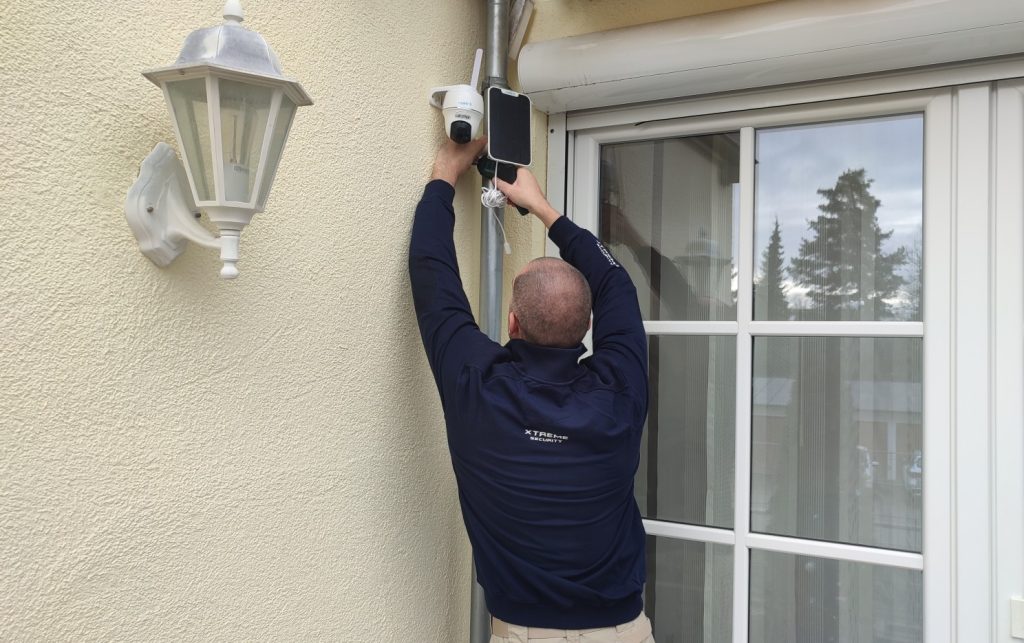
Like any security precaution, a safe room is useless without a plan, and a plan is useless unless it is practiced and every family member knows what is expected of them. Every home should also have a fire evacuation plan, and in some locations, things like earthquake and tsunami plans should also be developed and practiced. Household plans and emergency drills may sound prescriptive, BUT The Fifth Layer security could mean the difference between life and death.
Security Guards
Guards who are intelligent and well-trained also recognize potential hazards and security risks, allowing you to deal with them before they can be exploited. A good guard reports anything wrong with the property and can fix a lot of simple problems himself while on duty.
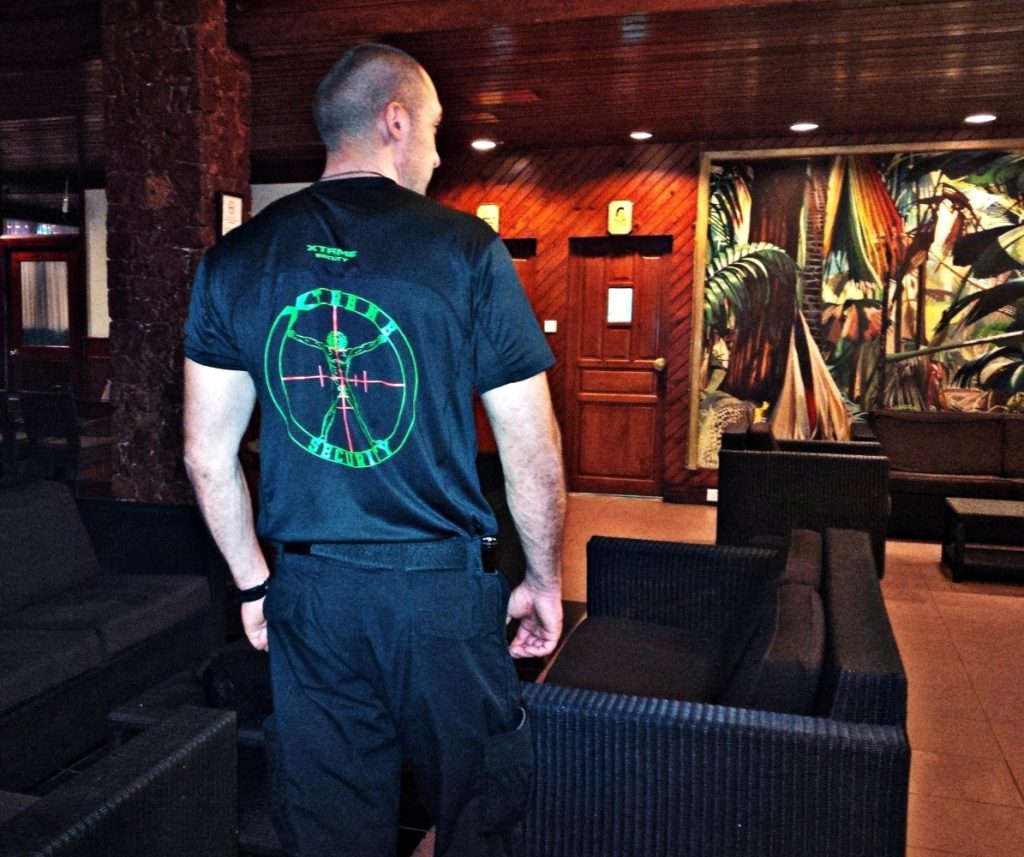
Security guards are a resource. Only you can decide if they are a resource that benefits you in a way where the rewards outweigh the costs. While more typically used for businesses, security guards are frequently present on expensive properties with large houses that are more likely to attract unwanted visitors.
DO NOT HESITATE TO ASK THE SECURITY COMPANY TO PROVIDE YOU THE DETAILS ABOUT THEIR SECURITY GUARDS QUALIFICATIONS AND TRAINING. ALSO MAKE SURE YOU HAVE SECURITY GUARDS TRAINED TO THE SAME STANDARD.
Our team of 6 residential security operatives completed training at the same training academy for example, and each of them can step in and replace the other team member as needed without the quality of the service being changed or impaired.
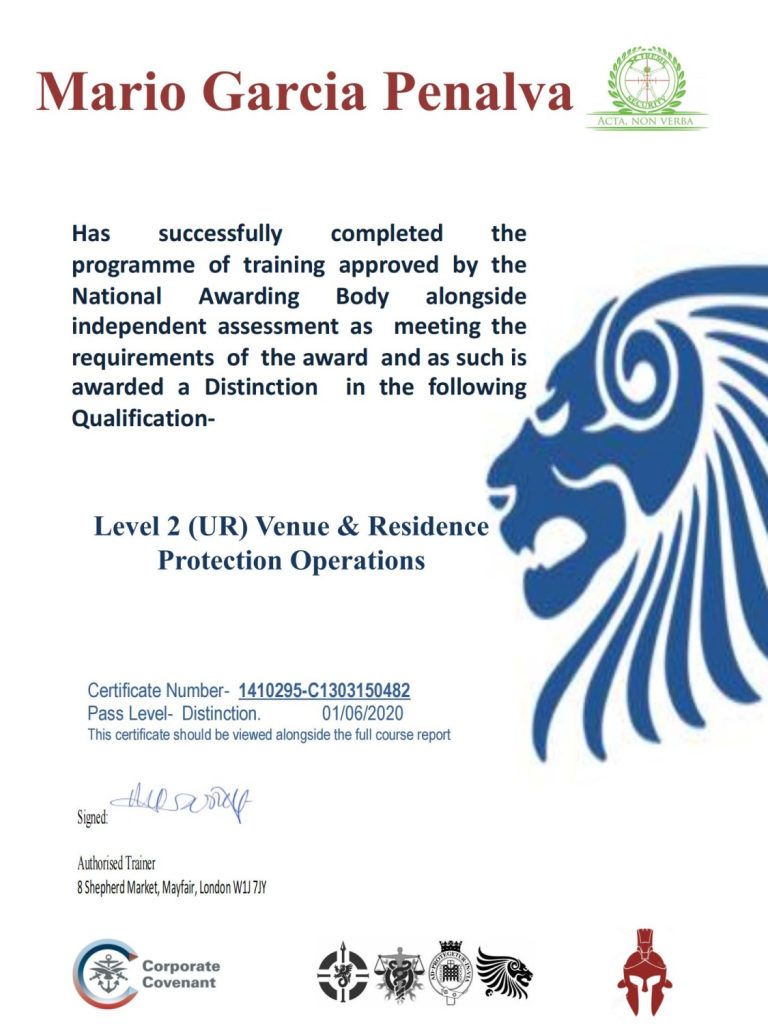
CCTV
Quick, Covered, Autonomous Video Surveillance Solution
If you are using wi-fi cameras which are connected and work through your router, obviously, when there is no electricity in your residence or workspace and your router is switched off, and when you do not have a power supply generator, your cameras wouldn’t work.
So, we should also include a power supply generator as a mandatory BASIC requirement (same as doors and windows) in a good security plan.
There are many type of cameras available on the market, and whatever the residence already has in place, we always like to add additional (not so expensive system) which is independent of the residence infrastructure. More as a backup plan, and for guards on the go who aren’t sitting in front of a screen in a CCTV room. Even the most advanced CCTV structures can have remote surveillance, audio notifications and also movement detection which decreases the quantity of time required for individuals to remain in front of the screen, LTE wireless security camera systems are ideal when there is no option for a point-to-point wireless system or hardwired broadband connection, but cell service is available. But also it’s ideal for those who wants an extra protection, when we talk about the cyber security threats and when you need an “invisible cameras” mounted in your backyard on the tree for example.
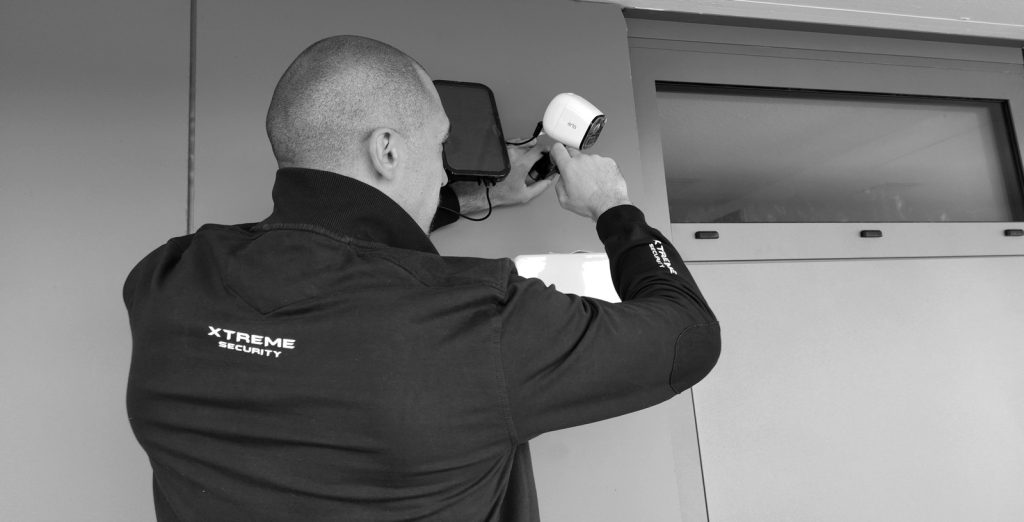
If you have any cellular signal available at your residential location, you will be able to use LTE-based wireless security camera systems, as for example ARLO or RELOINK. The ones that can work on a solar panel totally wire free and without needs for recharging.
The basics of Reolink Go and Arlo Go are the same. Being both LTE-enabled, Reolink Go and Arlo Go don’t need Wi-Fi to work. They can be placed anywhere there’s an LTE signal, whether in a lake house, construction site, or in the woods. For more information about both products and differences please contact us.
Video Surveillance vs Security Guards
Each of these security choices provide both security and also function as criminal activity deterrents.
The most affordable style of a CCTV can supply video clip logs of day-to-day tasks within your residence & the simple sight of a security video camera system suffices to make thieves hesitate.
However, CCTV on its own is inadequate to stop thief’s and also destructive individuals from breaching your private property. Its purpose is only to alert you, not to prevent.
If there is no security guard on site, a break-in can happen within seconds, and if the quick reaction team of a security company base or even the police station is more than 2 kilometers away, CCTV alone is not the solution. This is why having a security guards is essential.
For more information about our Residential Security services please contact us!
SOURCE; Article from DAVID BAUDRIE
EDITED: Tomislav Pahljina

 Member Login
Member Login 


